Minimalism in a bedroom isn’t about living with less for its own sake — it’s about clearing visual noise so every remaining element actively supports rest and renewal. When color palettes are restrained, textures become richer; when storage is hidden, architecture feels lighter; and when technology retreats, the mind unwinds faster. Designers forecasting 2025 see calming neutrals, low-slung furniture, and subtle nods to nature steering the look forward. Ready to translate that philosophy into real-world layouts? Explore these 25 concise, actionable ideas and decide which ones will help your own bedroom breathe.
1. Declutter Surfaces for a Calm Bedroom
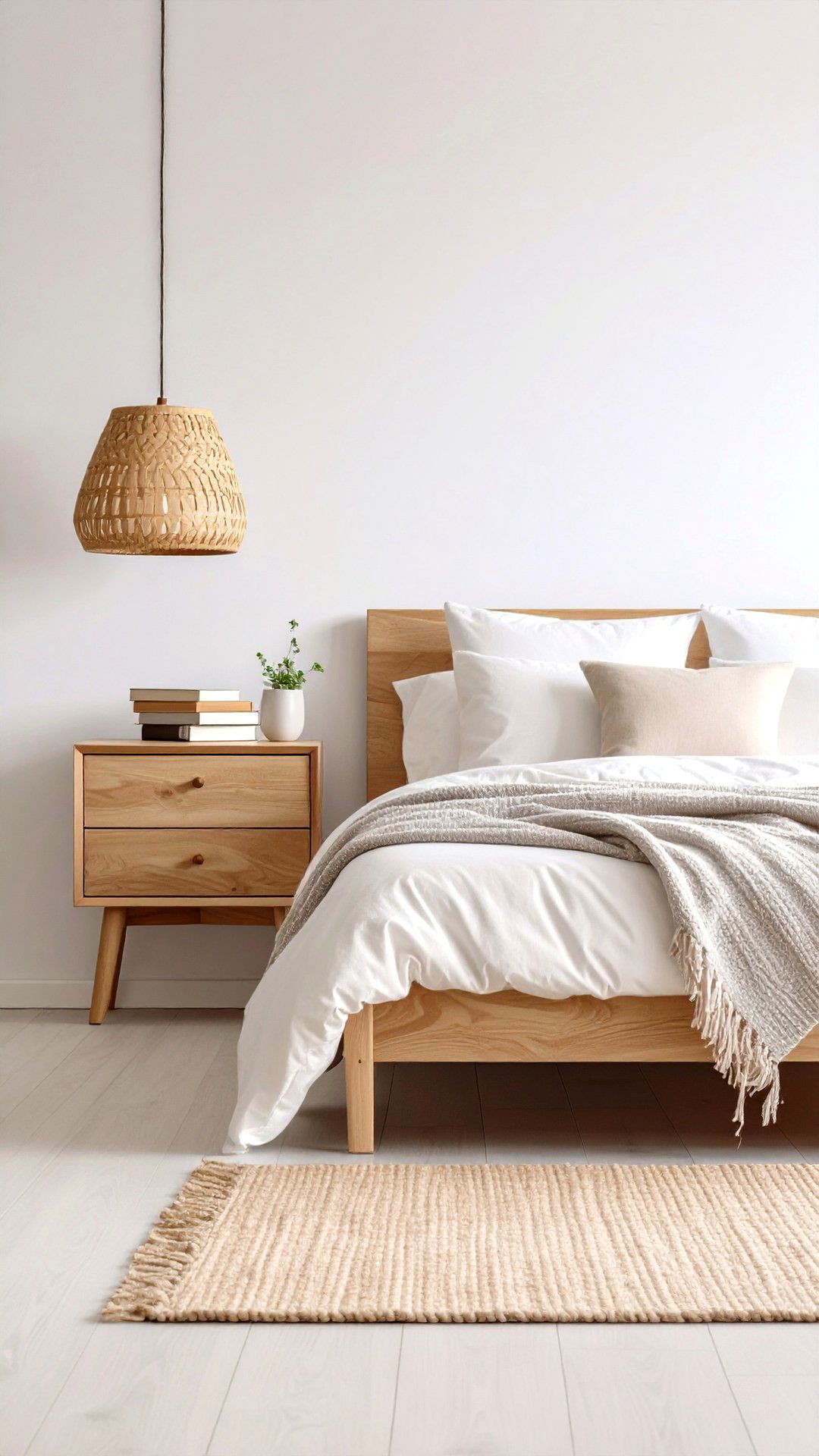
A clear dresser top is the quickest route to a serene bedroom. Start by emptying every horizontal surface, then return only the essentials — lamp, book, perhaps one sculptural object. Apartment Therapy’s “quieting” method suggests even sentimental photos live better in a digital frame or gallery elsewhere, freeing your sleep zone from visual chatter. Invest five minutes each night in a micro-tidy: clear the nightstand, reset bedding, reroute stray clothes to a dedicated basket. Over time, this ritual trains your brain to associate a bare surface with the promise of rest, lowering cognitive load the moment you walk in.
2. Tone-on-Tone Color Drenching
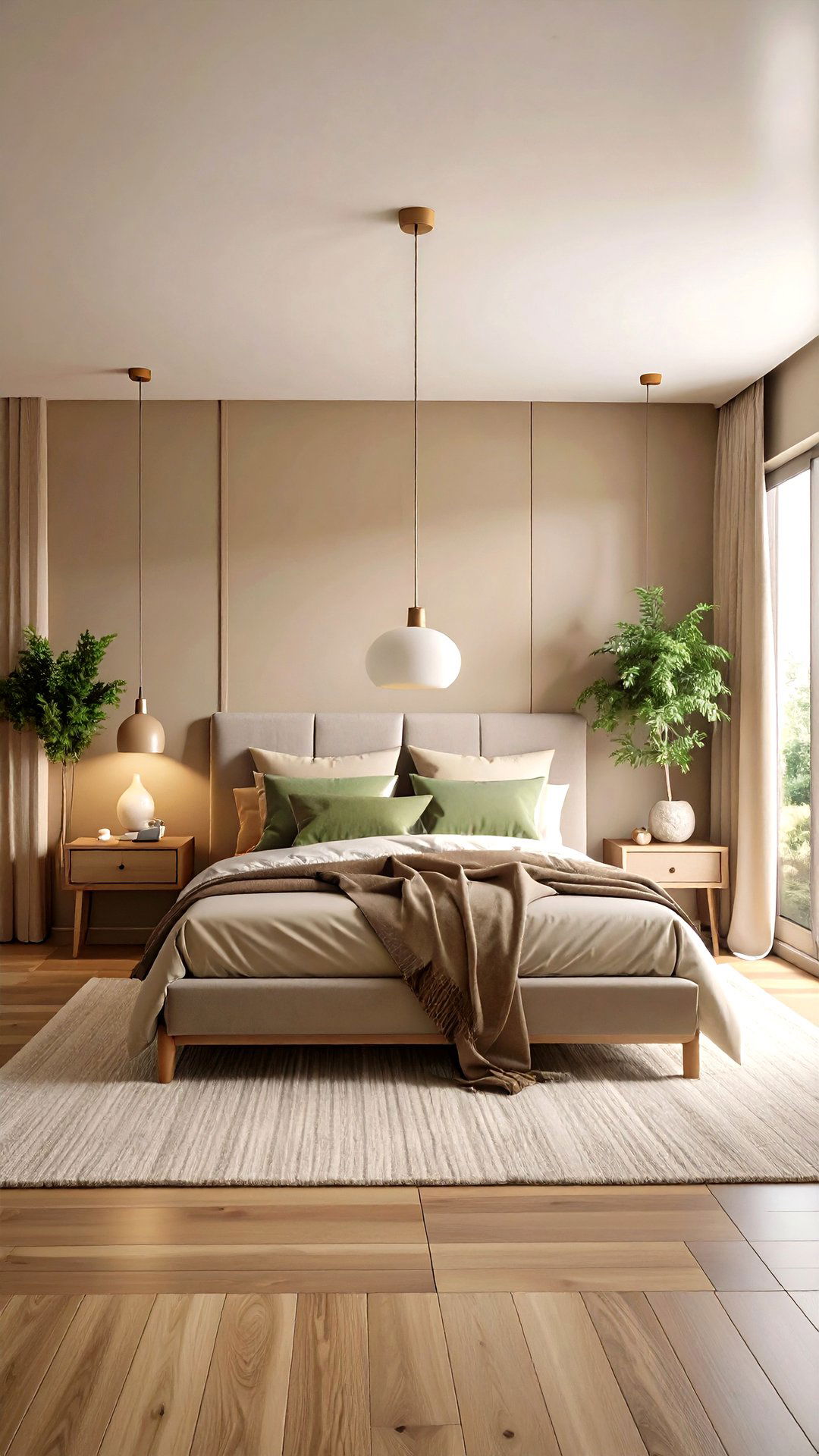
Unlike stark white schemes, color drenching wraps walls, trim, and sometimes ceilings in one muted hue — think warm taupe or foggy sage — creating a cocoon effect without clutter. House Beautiful notes the technique modernizes minimalism while concealing architectural “visual breaks” such as baseboards. Choose a soft, low-saturation paint praised by Better Homes & Gardens for bedrooms (e. g. , Sherwin-Williams’ Drift of Mist) and finish with matte sheen to absorb glare. Matching linen bedding prolongs the illusion, so the eye glides uninterrupted, coaxing a deeper exhale as you settle in.
3. Go Low with a Platform Bed
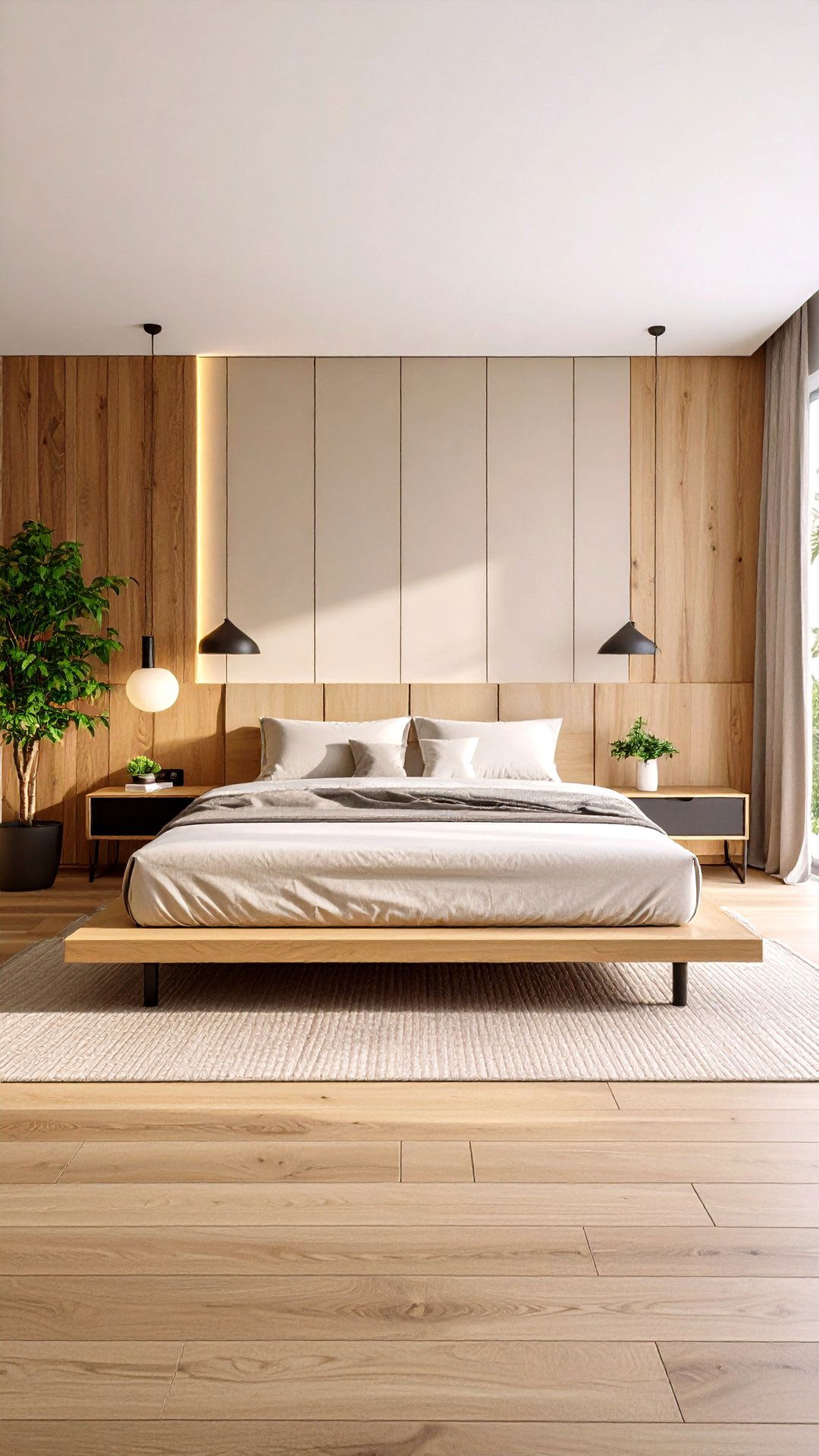
A low-profile platform instantly signals minimal intent by stripping away bulky box springs and towering headboards. NapLab’s side-by-side test found that lower frames give bedrooms a modern, gallery-like calm — though you’ll sacrifice under-bed storage. Combat that loss with slim drawers built into bedside walls or a nearby bench, not beneath the mattress, so the floor plane stays visually clean and easy to vacuum. Pair your platform with a thin natural-latex mattress to keep total height under 20 inches, reinforcing an airy, almost tatami-like aesthetic.
4. Embrace Japandi Balance

Japandi fuses Scandinavian coziness with Japanese restraint: pale woods, rounded edges, and tidy concealed storage. IKEA’s Japandi room guide shows wardrobes recessed behind sliding fronts while textiles remain neutral and textured. Layer a single oak bench and a linen duvet in muted clay. Pinterest’s expansive Japandi boards echo the formula — nothing superfluous, yet unmistakably warm. The payoff is a bedroom that feels both earth-grounded and spa-polished, ideal if you crave minimalism but dislike stark coldness.
5. Cozy Scandinavian Textures
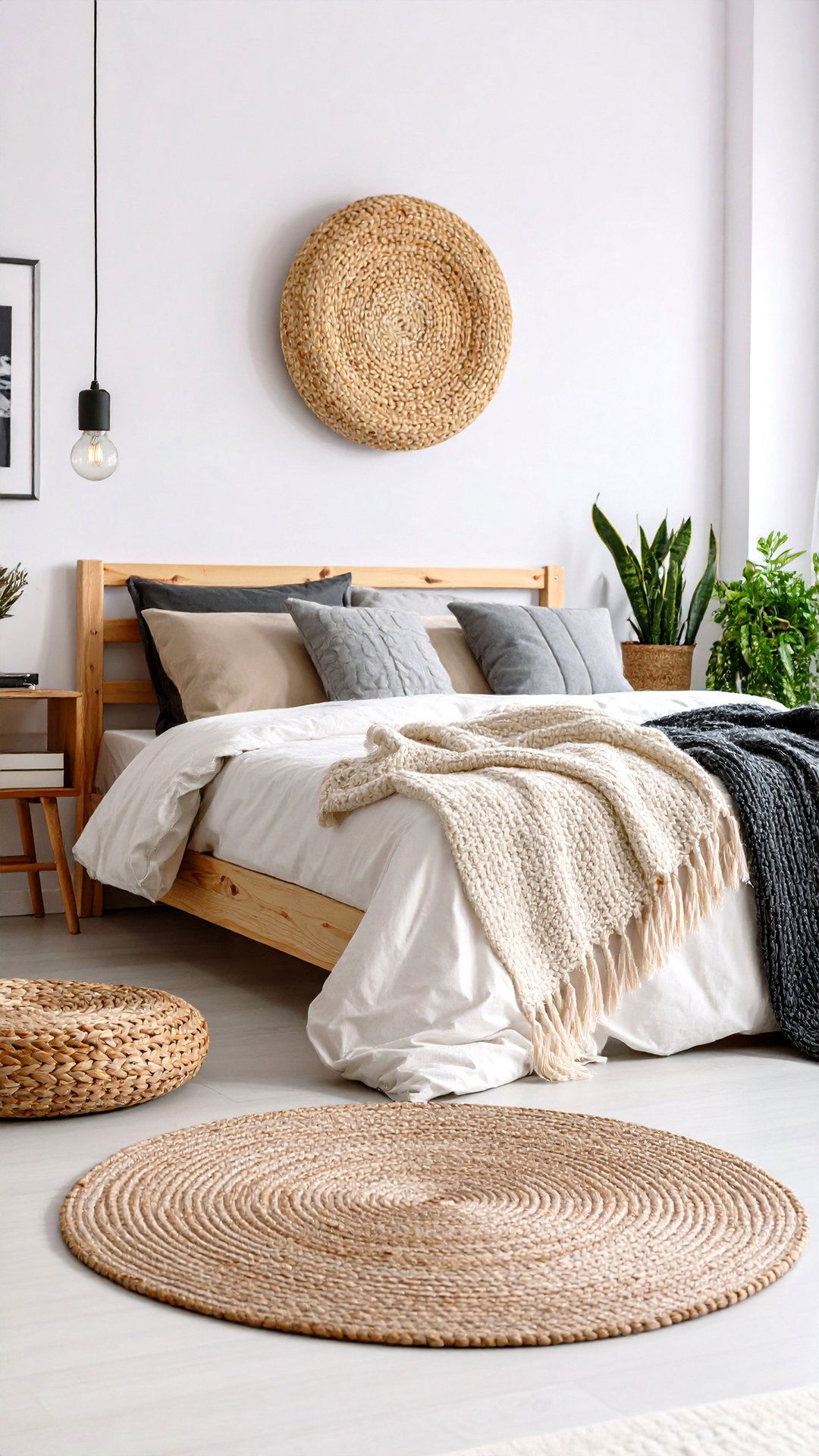
Scandi minimalism demonstrates that “less” can still feel downright snug. The Spruce’s collection of chic Nordic bedrooms spotlights rib-knit throws, sheepskin rugs, and blond timber that add tactile depth without crowding space. Houzz galleries reinforce the look with whitewashed walls and charcoal accents for contrast. Stick to two principal textures — say, chunky wool plus smooth birch — repeated in different zones so the palette stays unified yet comforting, especially through long winter mornings.
6. Hidden Storage in Plain Sight
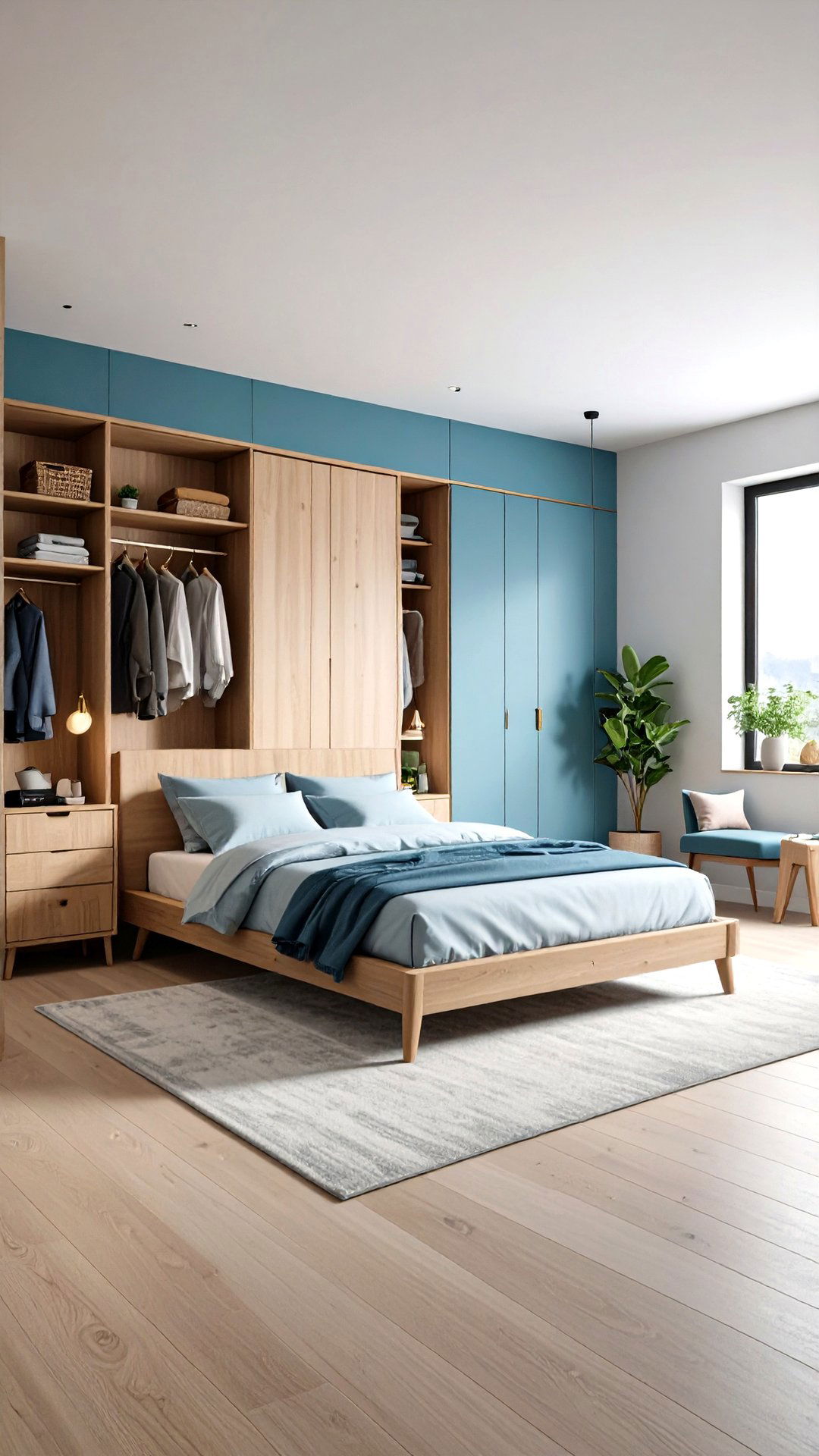
Cabinets with sliding doors tucked under windows or behind headboard panels keep clutter invisible while preserving clean sightlines. IKEA demonstrates how a row of wall-mounted IVAR units doubles as a display ledge. Real Homes adds that multi-functional furniture (think ottomans with lids) earns its footprint twice, a priority in small minimalist bedrooms. Measure storage depth to match the thickness of pillows so nothing protrudes, and choose handle-less fronts that open with a gentle push.
7. Install Floating Nightstands

What, if anything, touches the floor matters in minimalism. Floating nightstands free 15 % more visible square footage, according to furniture maker MyBetterShelf, and Architectural Digest’s tiny-bedroom hack shows a simple wall shelf paired with a hanging bulb as a winning combo. Mount units at mattress height for reachability, route charging cables through a grommet, and leave the area beneath entirely open — perfect for a robot vacuum or an eye-pleasing void.
8. Sculptural Statement Lighting
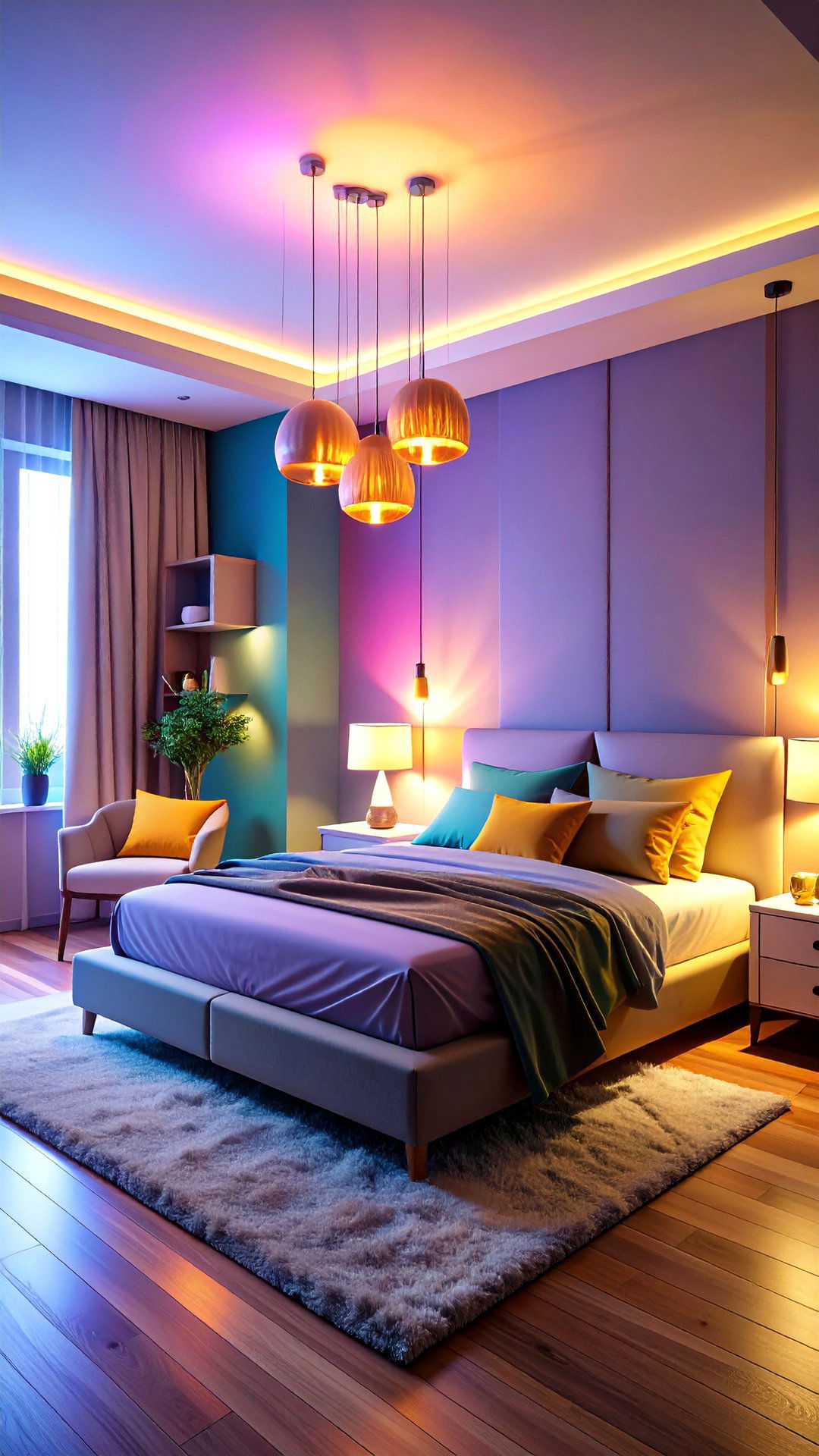
One striking lamp can replace multiple decorative tchotchkes. Minimal corner floor lamps on Amazon offer dimmable LEDs and a razor-thin profile that visually “draws” the room’s edge. Designer Brittny Button’s Calabasas makeover invested in a single lamp-sculpture to carry the room’s playful energy while the rest stayed muted. Aim for fixtures with integrated smart bulbs so you phase from bright day mode to amber night mode without adding gadgets.
9. Layer Breezy Natural Bedding

With a restricted color palette, the bed’s feel becomes critical. Decorilla’s 2025 forecast champions breathable linens and cotton gauze for both temperature regulation and relaxed drape. The Spruce’s minimalist bedroom roundup echoes that washed-linen wrinkles can actually enhance the lived-in serenity you want. Keep to three layers — fitted sheet, duvet, lightweight coverlet — folded so edges align, eliminating the need for decorative pillows that often end up on the floor.
10. A Single Thriving Plant
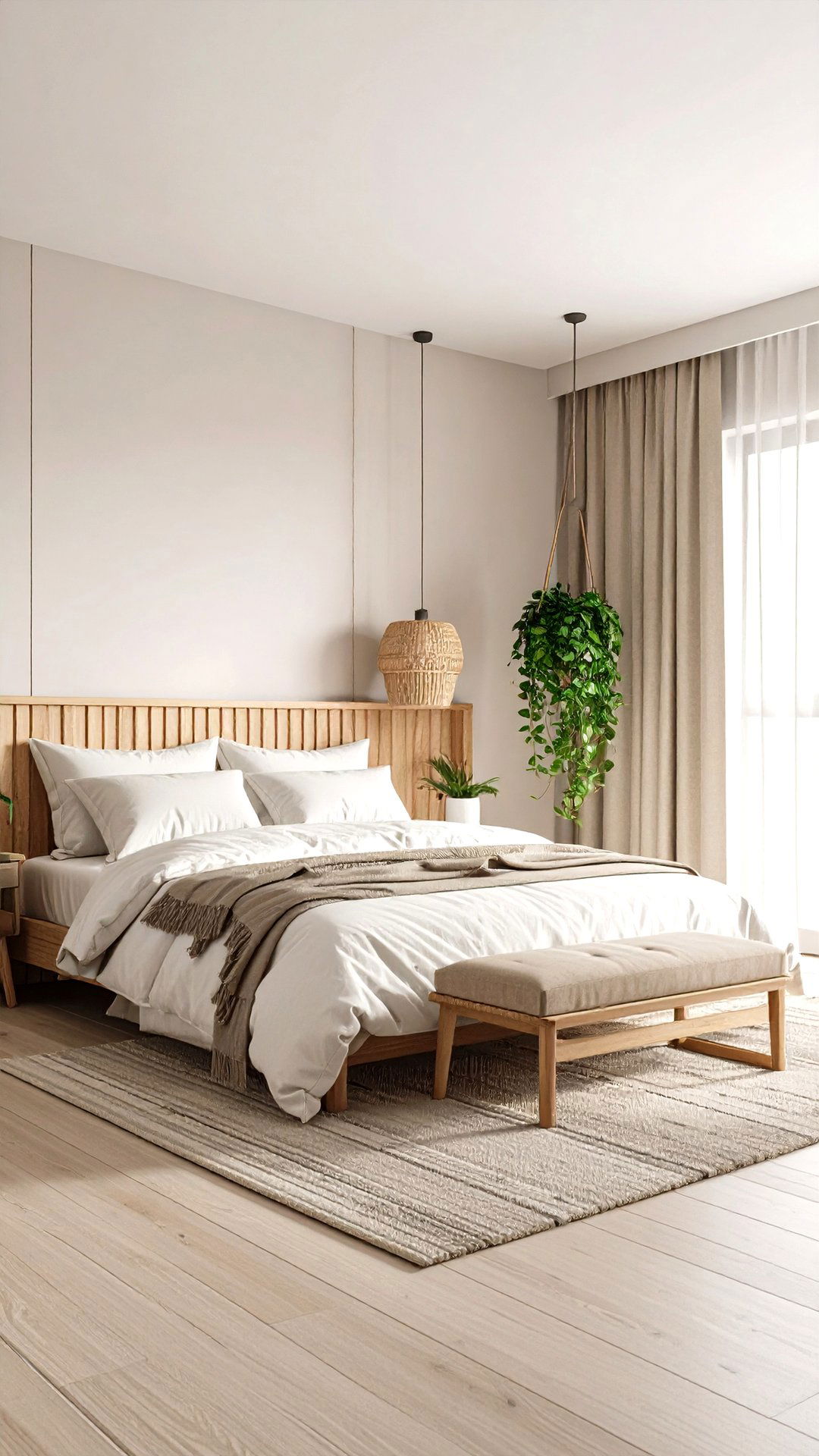
Biophilic design research shows even one leafy specimen can lower heart rate and cortisol. Pinterest’s minimalist-plant boards highlight hanging pothos or a sculptural snake plant as easy choices that won’t sprawl. Decorilla further notes that organic touches anchor otherwise neutral rooms, emphasizing life over stuff. Position the pot off-center to disrupt symmetry just enough, and use a matte planter that matches wall color so foliage, not container, takes center stage.
11. Add a Sharp Black Accent
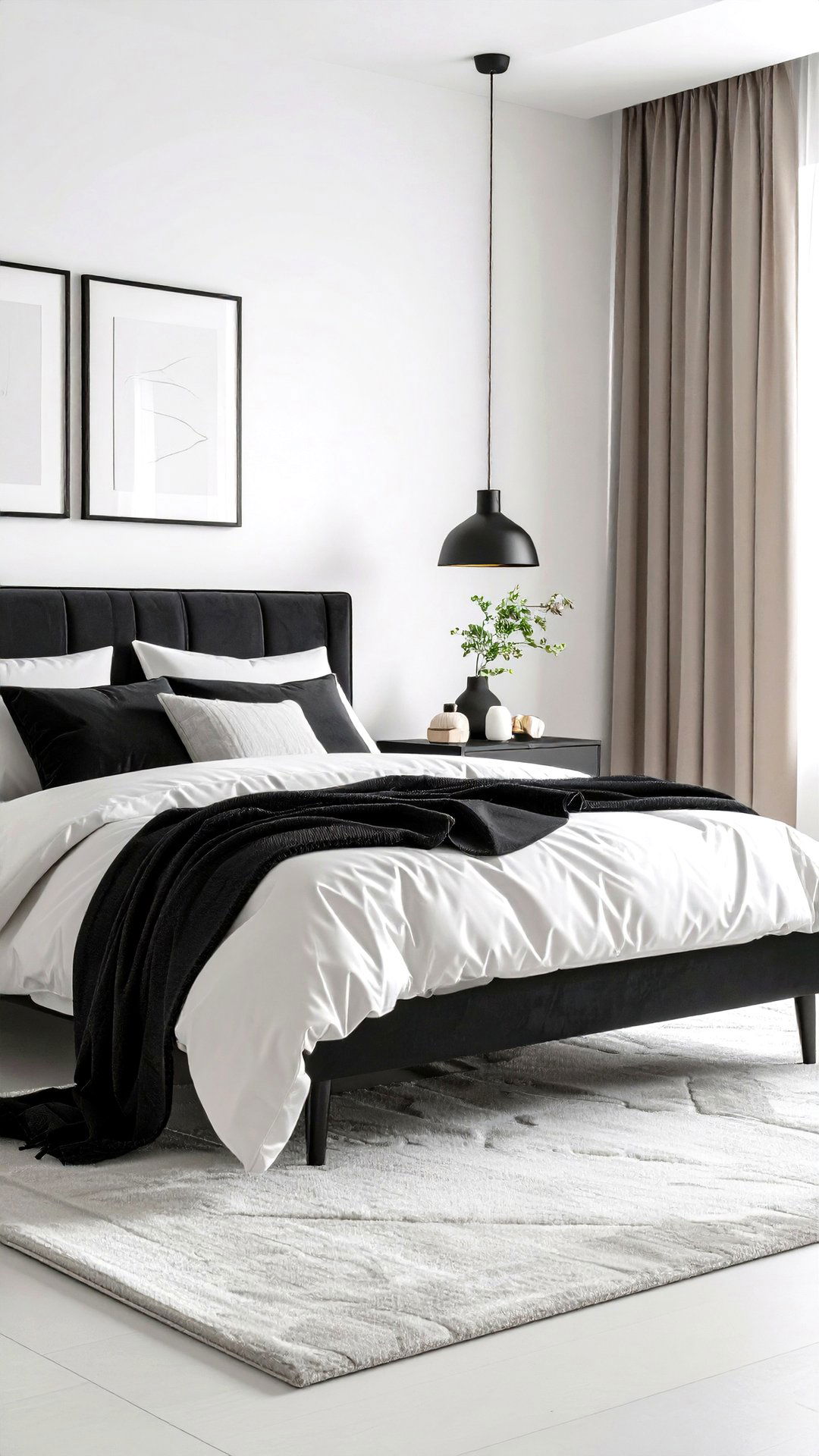
Certainly, a whisper of black — lamp stem, picture frame, or window mullion — grounds airy palettes. Architectural Digest’s 2025 bedroom gallery showcases deep charcoal throws and ebony nightstand legs to sharpen edges without clutter. Dwell’s photo archives confirm that one dark accent per surface acts like eyeliner, defining shapes. Limit black to under 10 % of the room’s visual mass so the effect remains sophisticated, not heavy-handed.
12. Wabi-Sabi Imperfect Charm
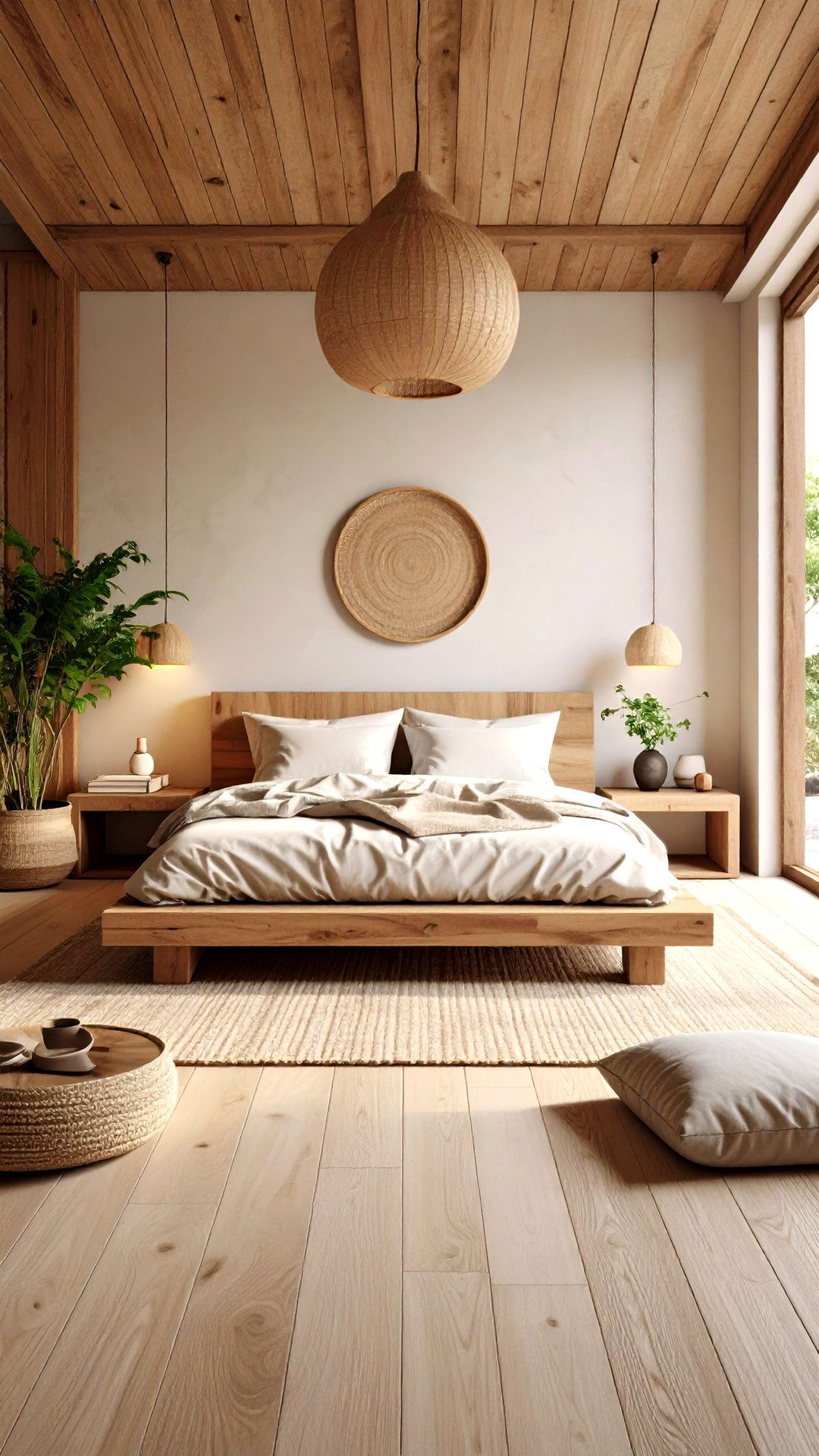
Unlike clinical minimalism, wabi-sabi welcomes patina. Lord Decor advocates weathered woods, hand-thrown ceramics, and earth pigments that celebrate imperfection. Decorilla’s recent guide emphasizes simplicity, negative space, and organic textiles. Try a plastered wall with subtle trowel marks or a linen coverlet that softens over washes; the minor irregularities invite touch and make a spare room feel humane.
13. Sliding-Door Wardrobe Walls
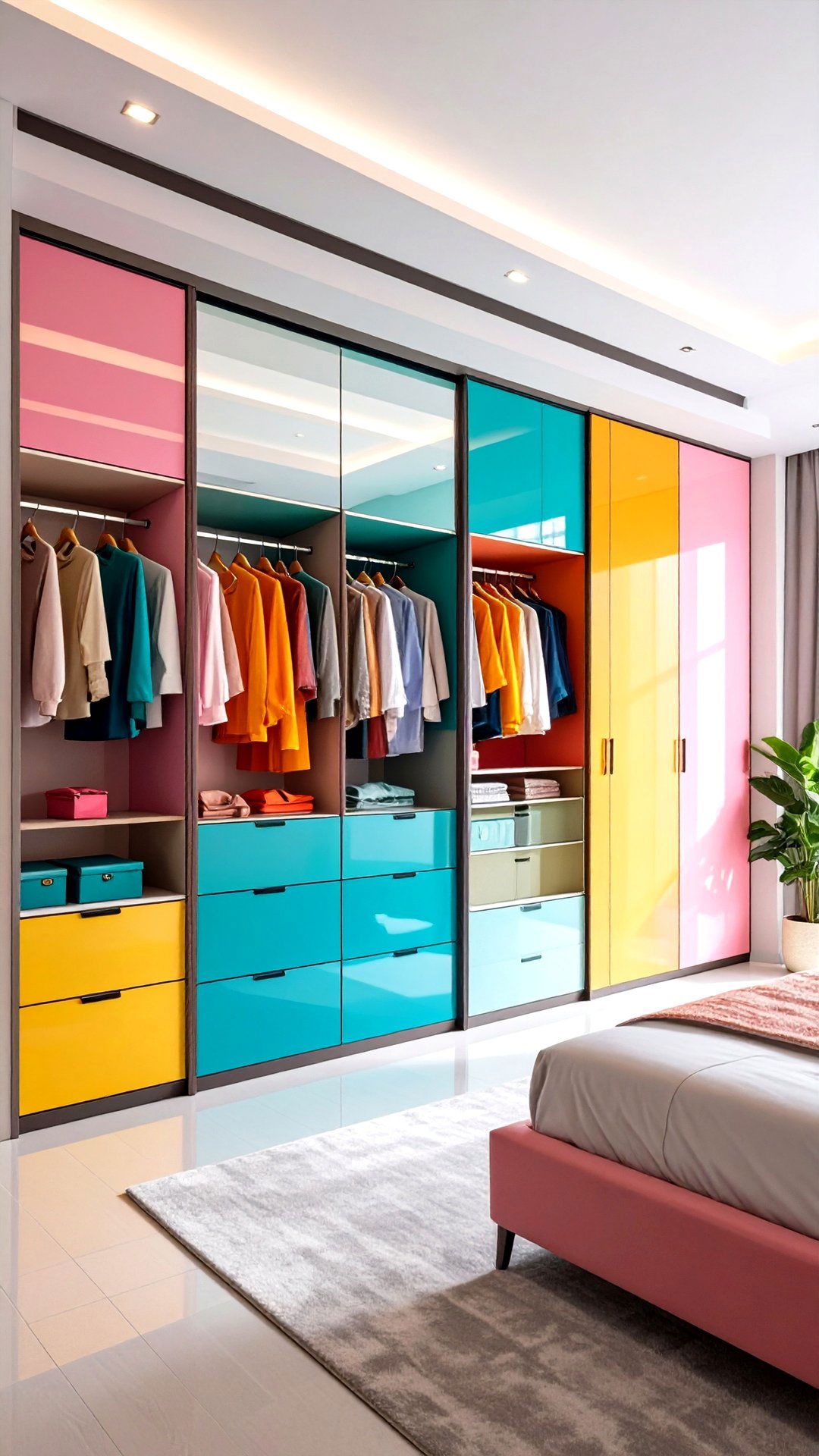
A cabinet wall finished in the same paint as adjoining walls practically disappears. IKEA’s sleek sliding fronts avoid swing clearance and conceal clothing chaos. Real Homes points out that mirrored panels also bounce light, doubling function. For extra minimal cred, forgo external handles and integrate recessed finger pulls.
14. Smart Ambient Light Scenes
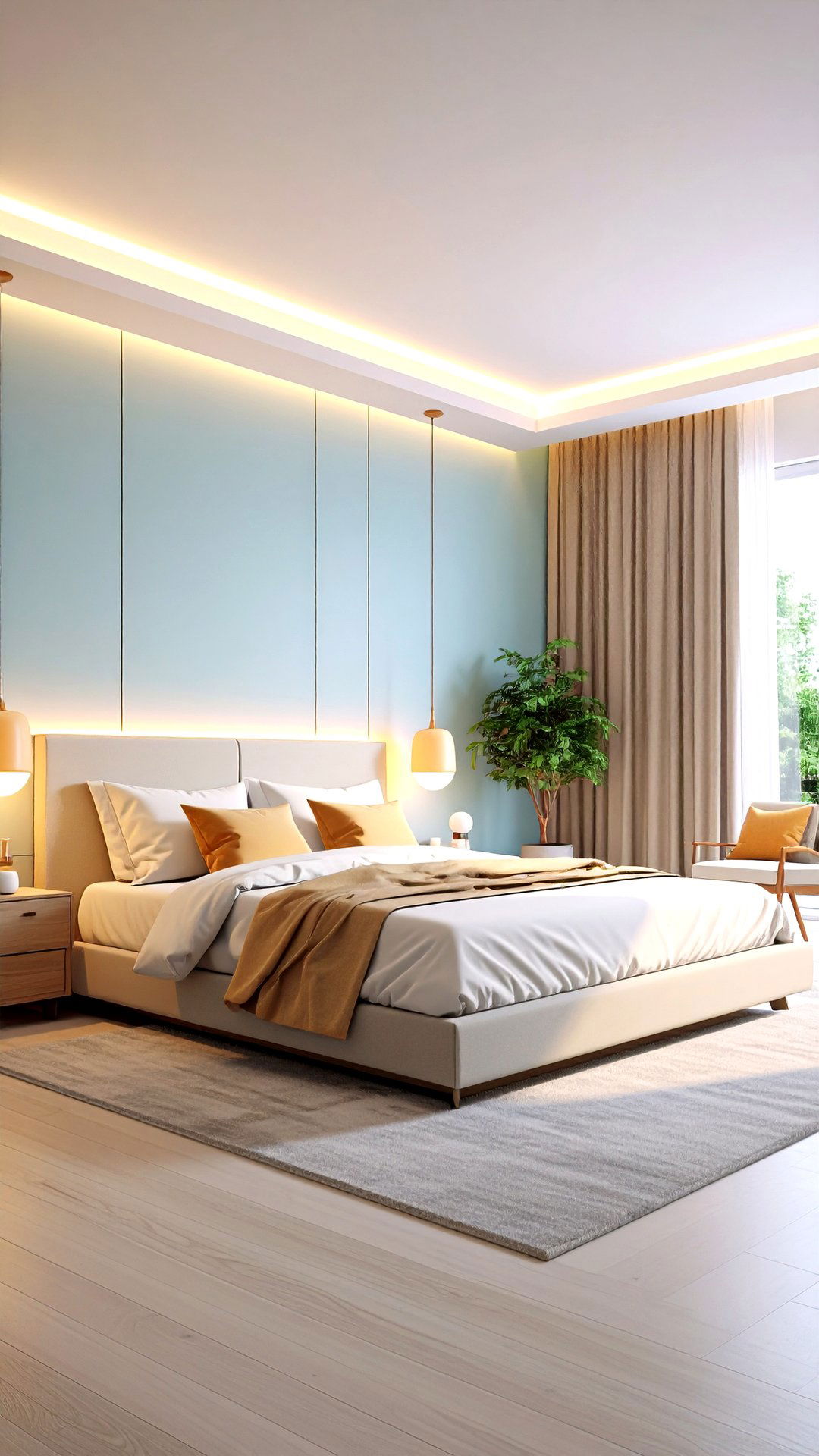
Replace bulb-blinding overheads with programmable scenes that fade from energizing cool to sleep-inducing warm. Slim corner LEDs from EDISHINE or Govee tuck out of sight yet splash color on walls. Pair them with a voice-assistant routine named “Wind-Down” so one simple command de-clutters your night ritual as effectively as a tidy drawer.
15. Swap a Gallery Wall for an Art Ledge
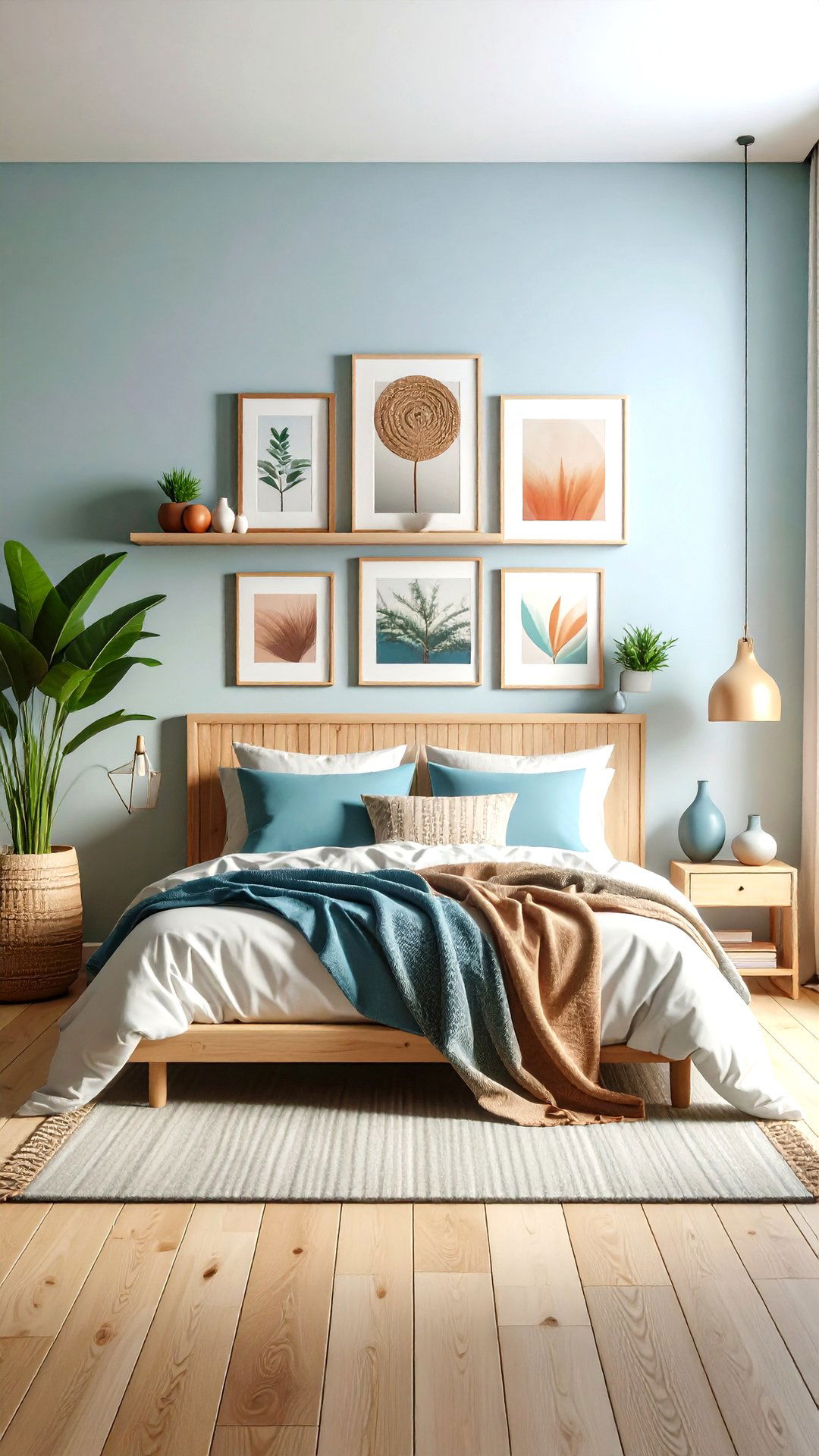
Picture ledges satisfy display urges while maintaining a single clean horizon line. Adore Home calls built-in ledges the “hottest bedroom trend” for minimalists. Better Homes & Gardens lists dozens of styling permutations — rotate prints without hammering new holes, lean small plants, or rest a diffuser. Limit the ledge width to 4 inches so items can’t drift into clutter territory.
16. Floor-to-Ceiling Drapery Illusion
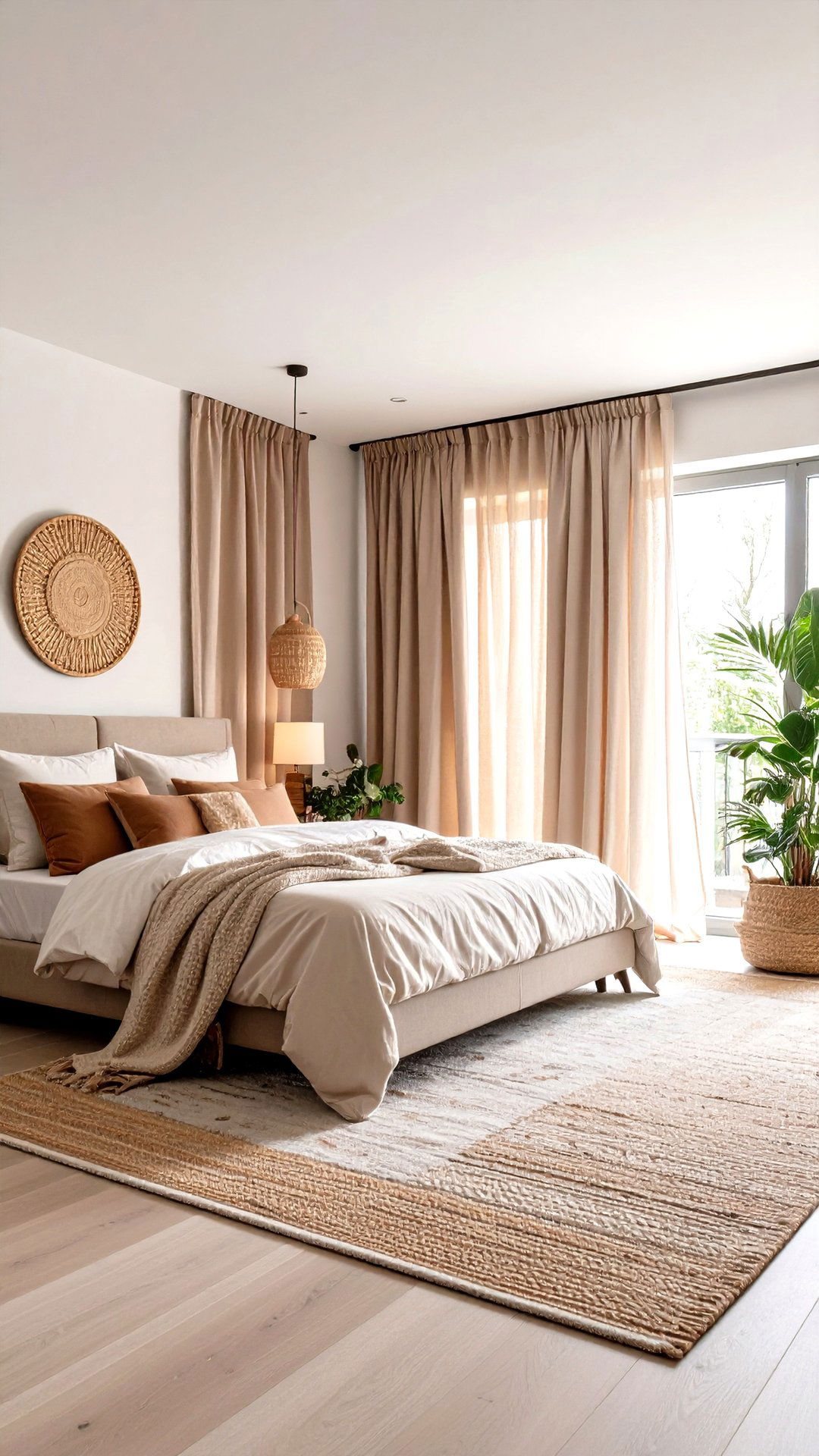
Hanging drapes just below the ceiling line tricks the eye into reading the walls as taller and the bedroom as grander. Barn & Willow’s guide illustrates five visuals proving the hack. Architectural Digest recently noted designers using full-height curtains as soft “partitions” that double as acoustic panels. Choose lightweight linen in wall-matching tones and puddle it minimally — ½ inch is enough — to keep lines crisp.
17. Slim Picture Shelving
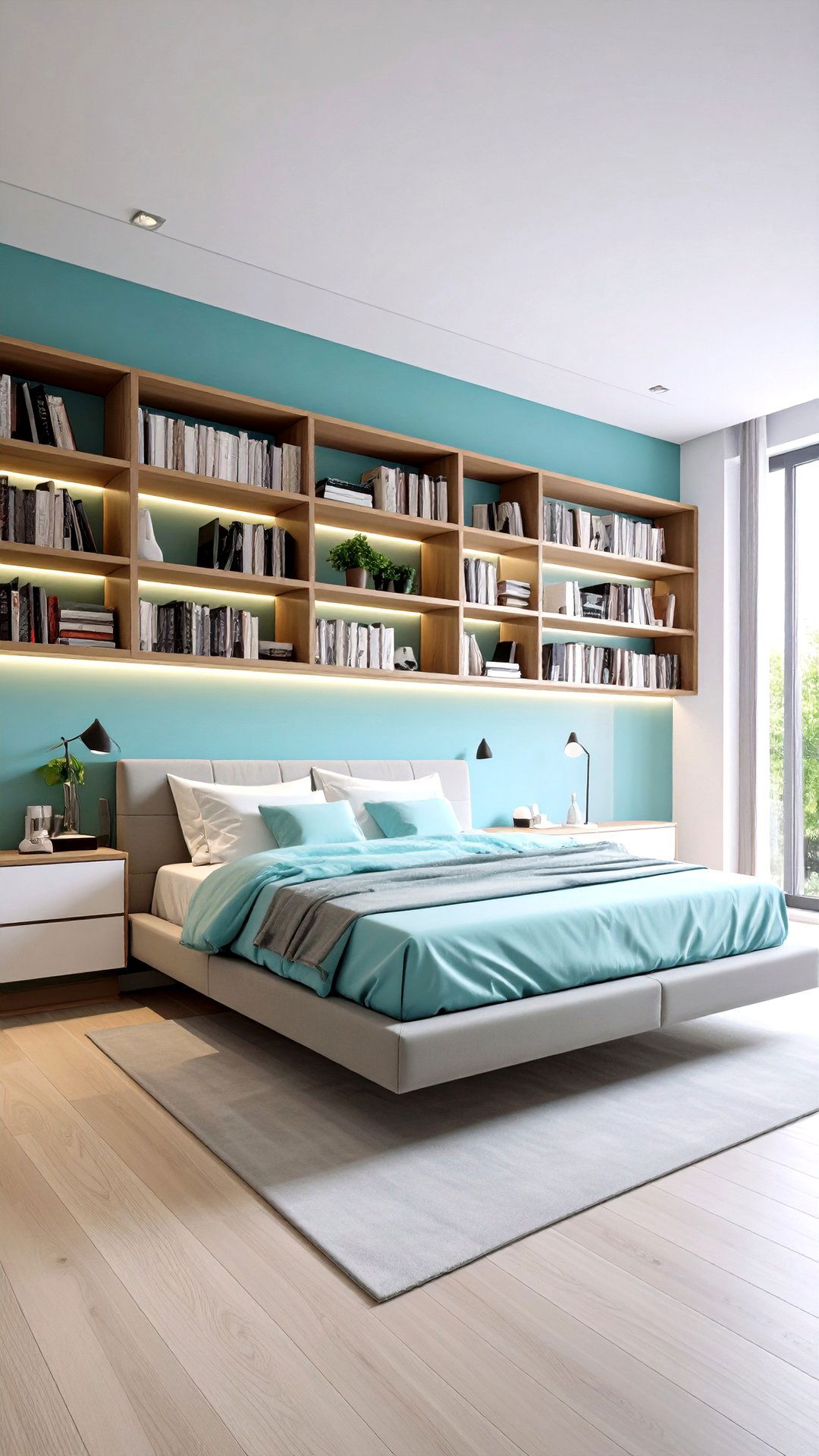
When storage must live on a wall, keep depth to a minimum. IKEA’s 3½-inch-deep picture shelves hold books spines-out without jutting into traffic flow. Pair two stacked rows; anything that doesn’t fit becomes a cue to declutter. Augment with small integrated LED strips for subtle nighttime glow, replacing bulky table lamps.
18. Multipurpose End-of-Bed Bench
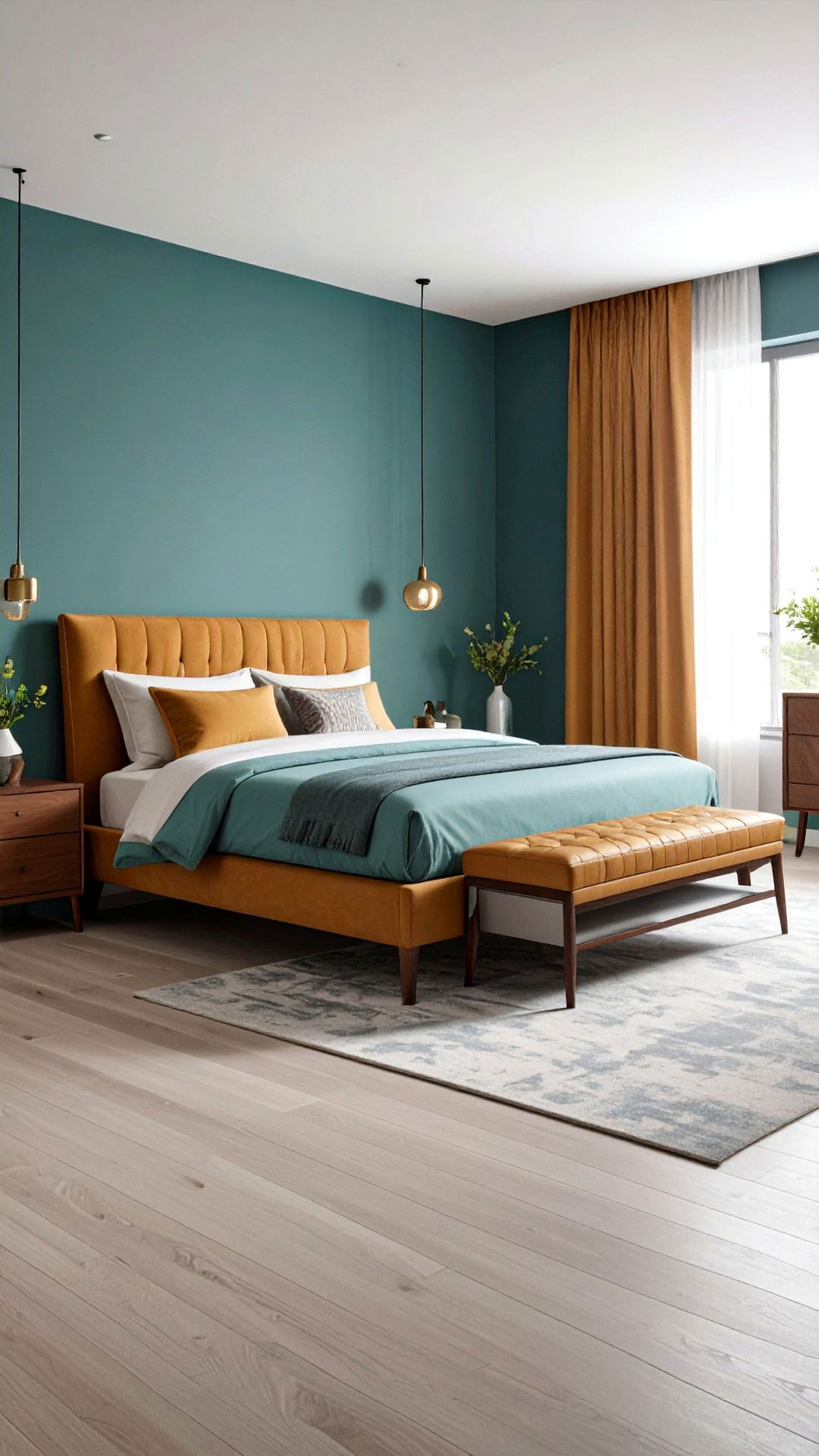
End-of-bed benches provide seating, staging for next-day outfits, or hidden storage — all within one slim rectangle. IKEA’s choices include lift-top versions that swallow spare blankets, sustaining minimal visuals. At Home’s layout guide urges matching bench width to ¾ of mattress width for proportional balance. Opt for legs that echo your bedframe’s finish to read as a single, intentional unit.
19. Make It a Tech-Free Zone

Designers of “low-cortisol” bedrooms insist phones and TVs stay out, citing lower stress hormones and deeper REM cycles. If you rely on your phone alarm, adopt the minimalist-game trick from Apartment Therapy: charge devices in the hallway so retrieving them demands movement. Swap blue-light sources for an analog clock and trust morning light or a sunrise lamp to wake you gently.
20. Acoustic Panel Headboard

Wood-slat or fabric acoustic panels mounted horizontally double as a headboard and sound absorber, reducing echo in sparse rooms. Danish maker I-Wood details straightforward installation plus plug cut-outs for wall lamps. WoodyWalls notes that peel-and-stick versions simplify renter setups while improving nighttime quiet. Keep panel height just above pillow level to shorten cleaning reach.
21. Oversize Mirror to Multiply Light
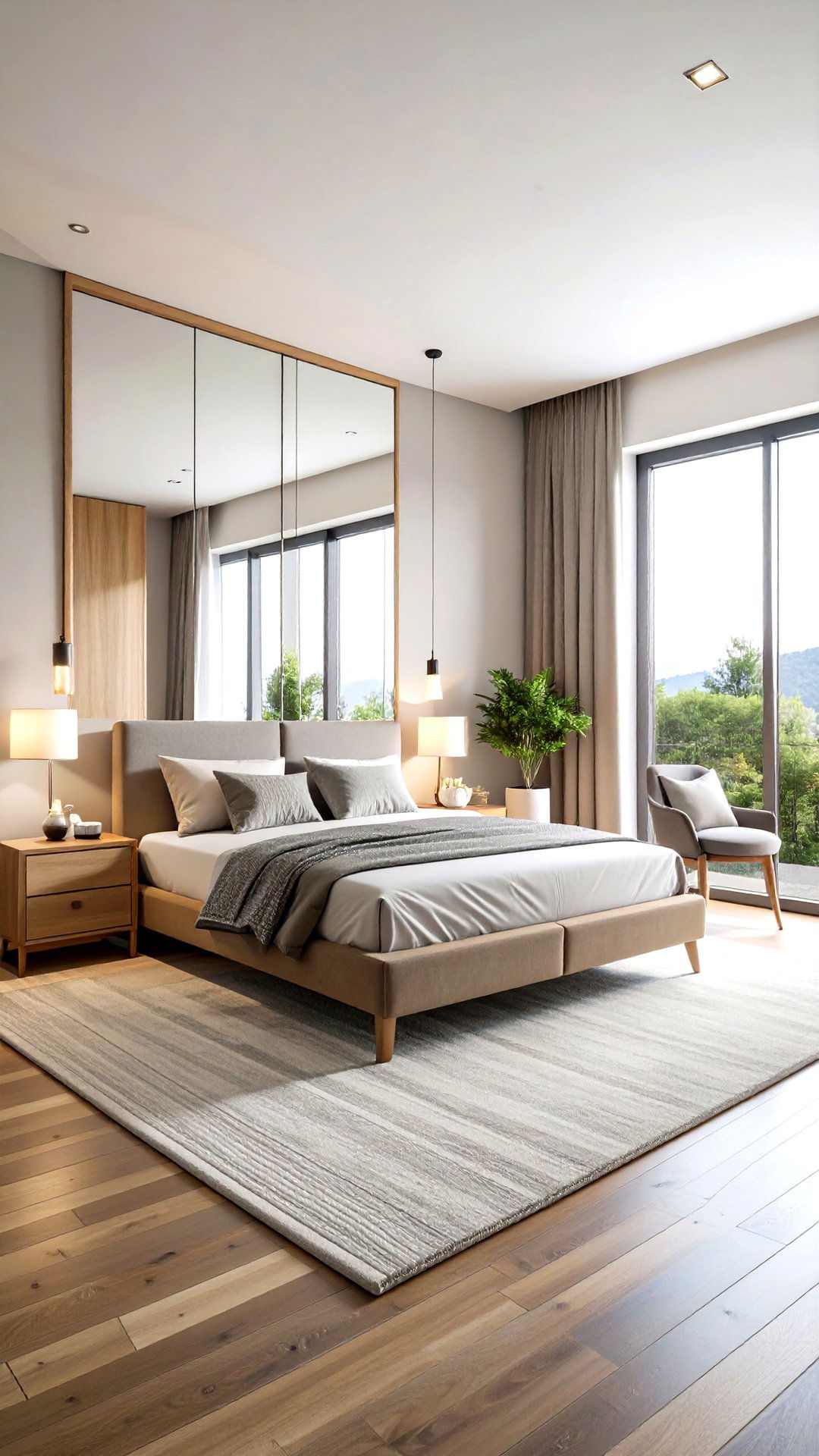
What mirrors lack in ornament they repay in spatial magic. Real Homes advises angling a tall mirror opposite a window to “bounce light around. ” The Spruce adds that a frameless design preserves minimalist edges while expanding perceived square footage. For safety, choose shatter-resistant acrylic if it rests directly on the floor.
22. Tatami-Inspired Sleep Zone
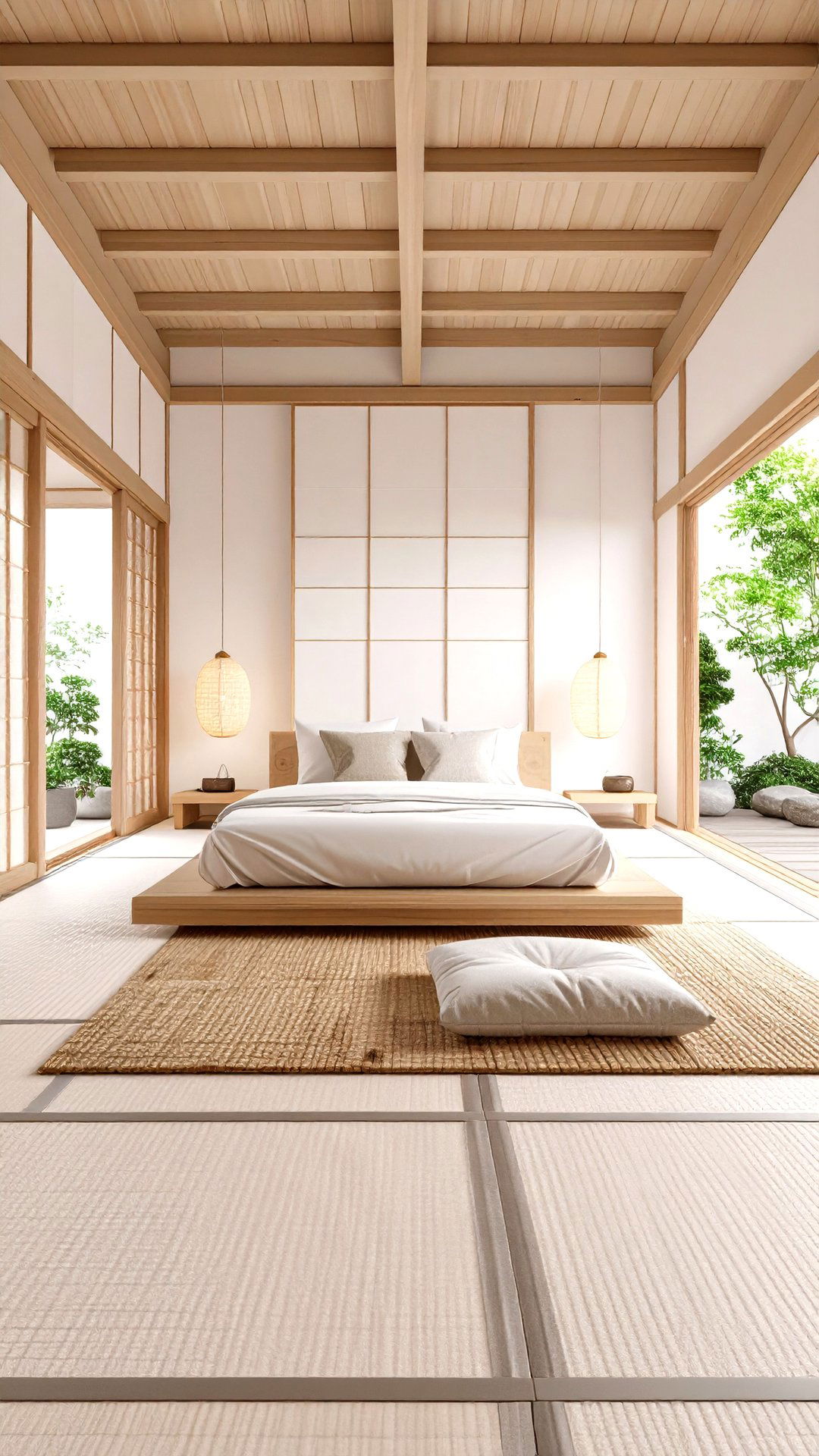
Stacked tatami mats topped with a shikibuton invite ventilation and an earthy scent of rush grass. Comfort Pure explains they add breathability and natural fiber underfoot, ideal for allergy sufferers. Architectural Digest recently spotlighted a Paris apartment where removable tatami sections let the bedroom double as a consultation space. If full mats feel drastic, emulate the vibe with a super-low platform bed and woven-straw area rug.
23. Concealed Cable Control
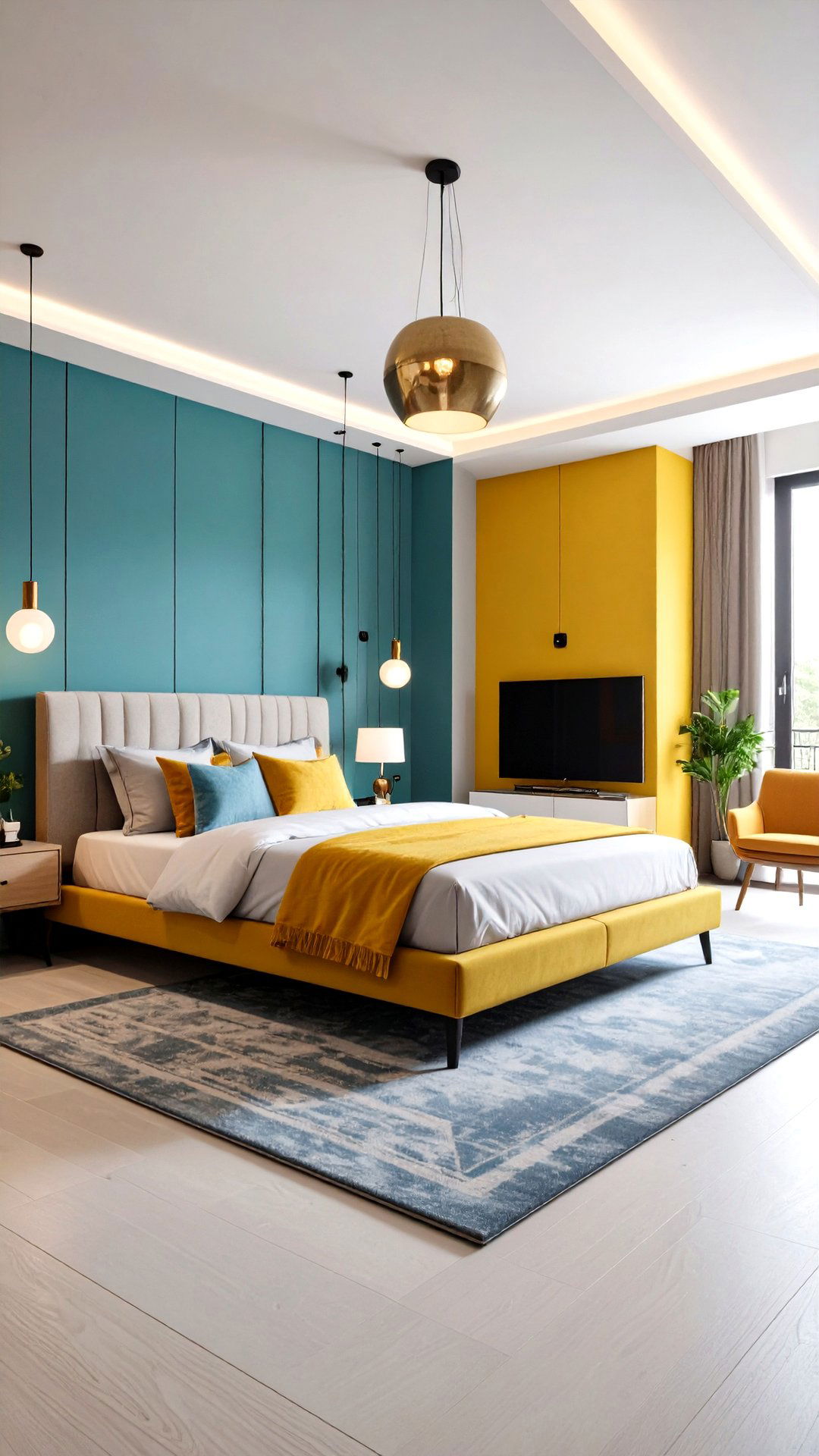
Nothing blows minimal credibility like a knot of wires. Real Simple lists wall-mount cord channels and power-strip boxes that camouflage TV and lamp cords. Dorset Country Life reminds us that truly minimalist interiors plan outlets where gadgets live, not vice versa, reducing visible slack. Color-match cable raceways to the wall and label chargers so you purge duplicates.
24. Lavender Diffuser Ritual

A subtle scent can become a nightly cue for sleep. Banner Health cites studies showing lavender lowers heart rate and blood pressure, helping people drift off faster. Lavender by the Bay recommends just three drops in a cool-mist diffuser for six hours of aroma without residue. Position the diffuser on that floating nightstand, set to auto-shutoff, and let fragrance replace scrolling as your wind-down trigger.
25. One Meaningful Object Rule
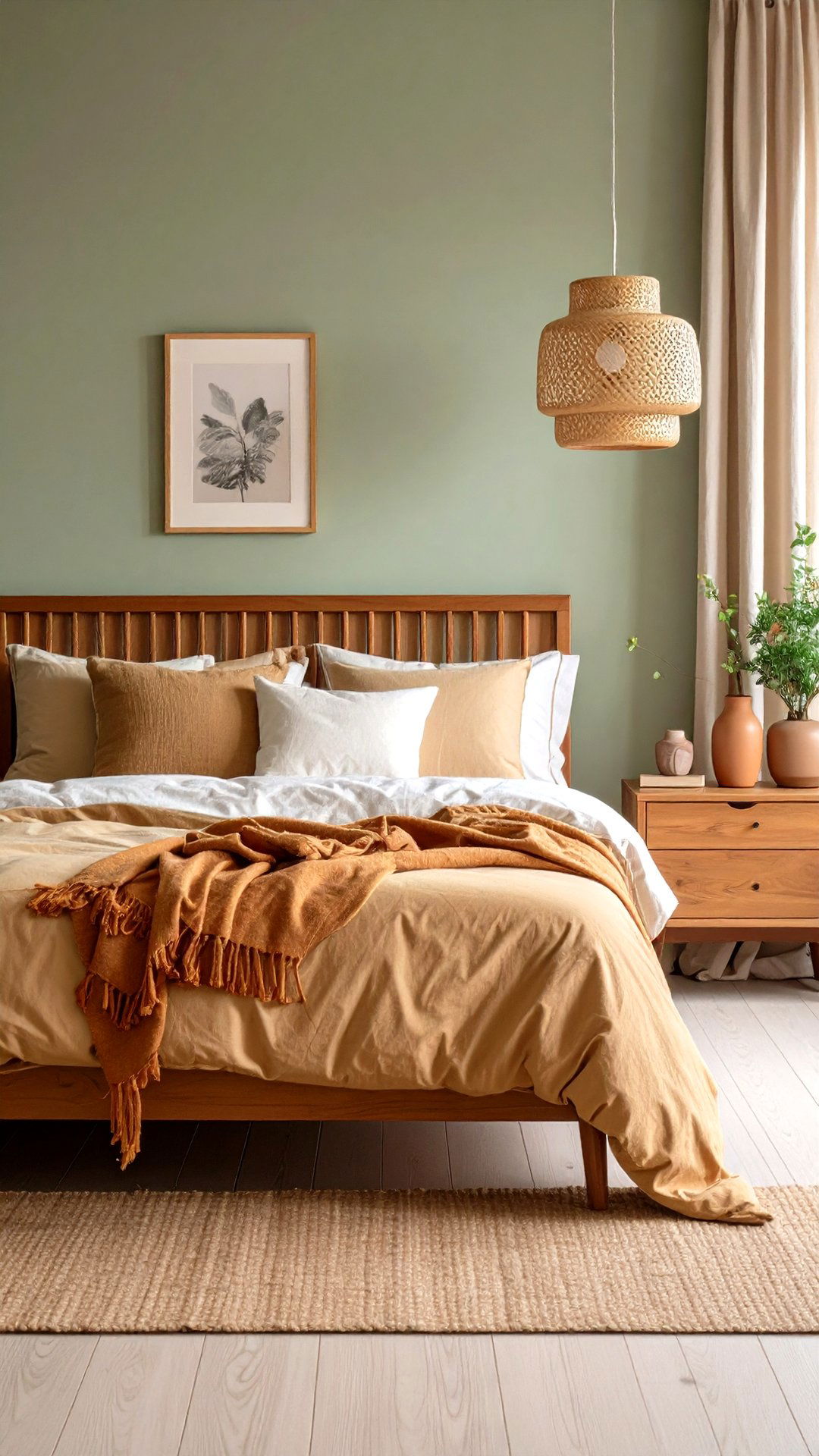
Finally, curate a single piece — perhaps a handmade ceramic lamp or vintage travel photo — to individualize the room without tipping into clutter. Brittny Button’s Calabasas project demonstrates how one sculptural lamp became both art and functional light, allowing every other surface to stay bare. Review your space monthly; if a newcomer arrives, something old retires, ensuring the bedroom remains an oasis, not a storage closet.
Conclusion:
Minimalist bedrooms thrive on deliberate restraint: clear planes, concealed function, sensory softness, and a few purposeful accents. Whether you start by elevating your nightstands, hanging full-height drapery, or simply swapping a stack of décor for a lavender diffuser, each small edit ripples into spaciousness and calm. Choose the ideas that resonate, implement them mindfully, and watch your bedroom evolve into a restful sanctuary that proves less truly can nurture more.


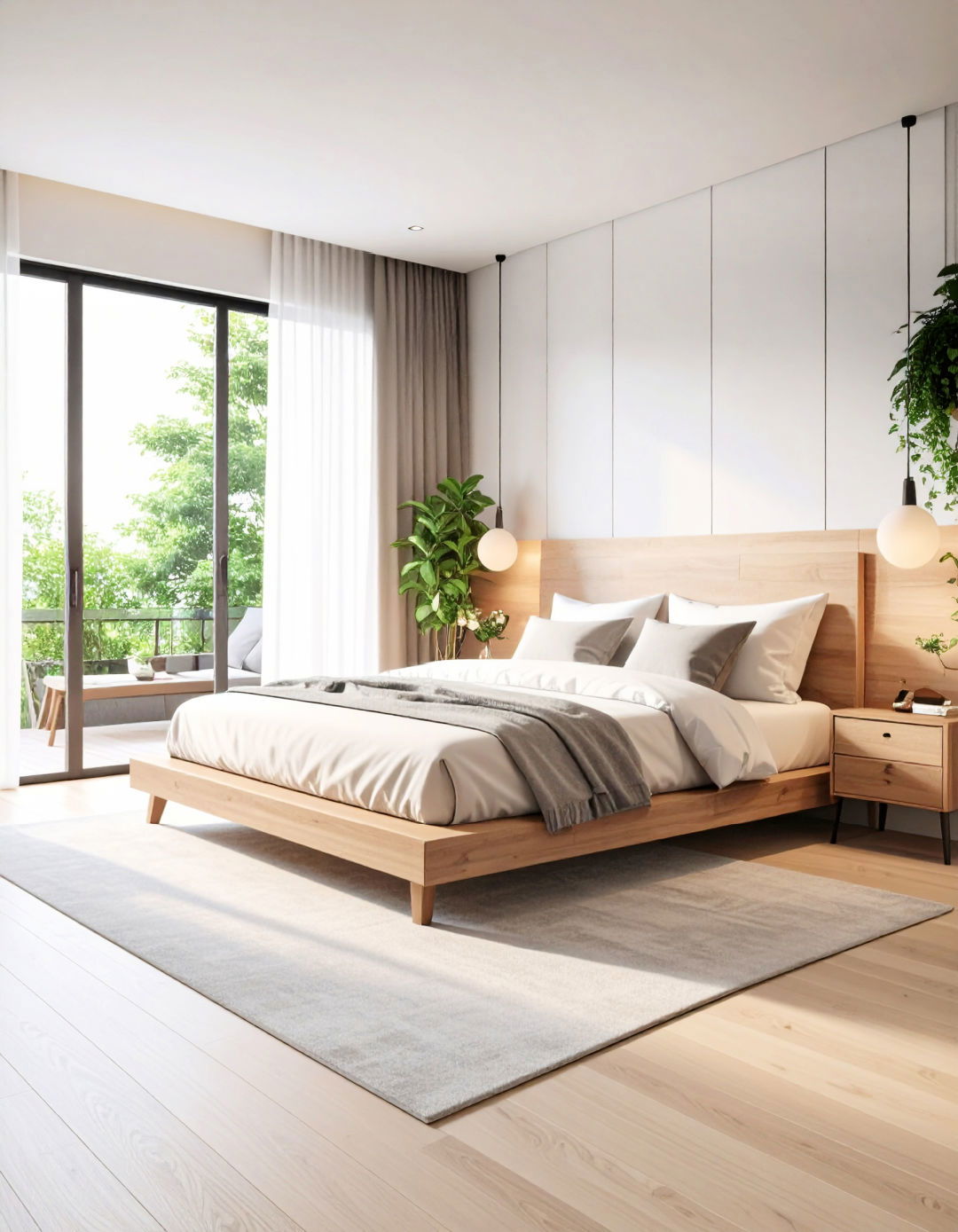

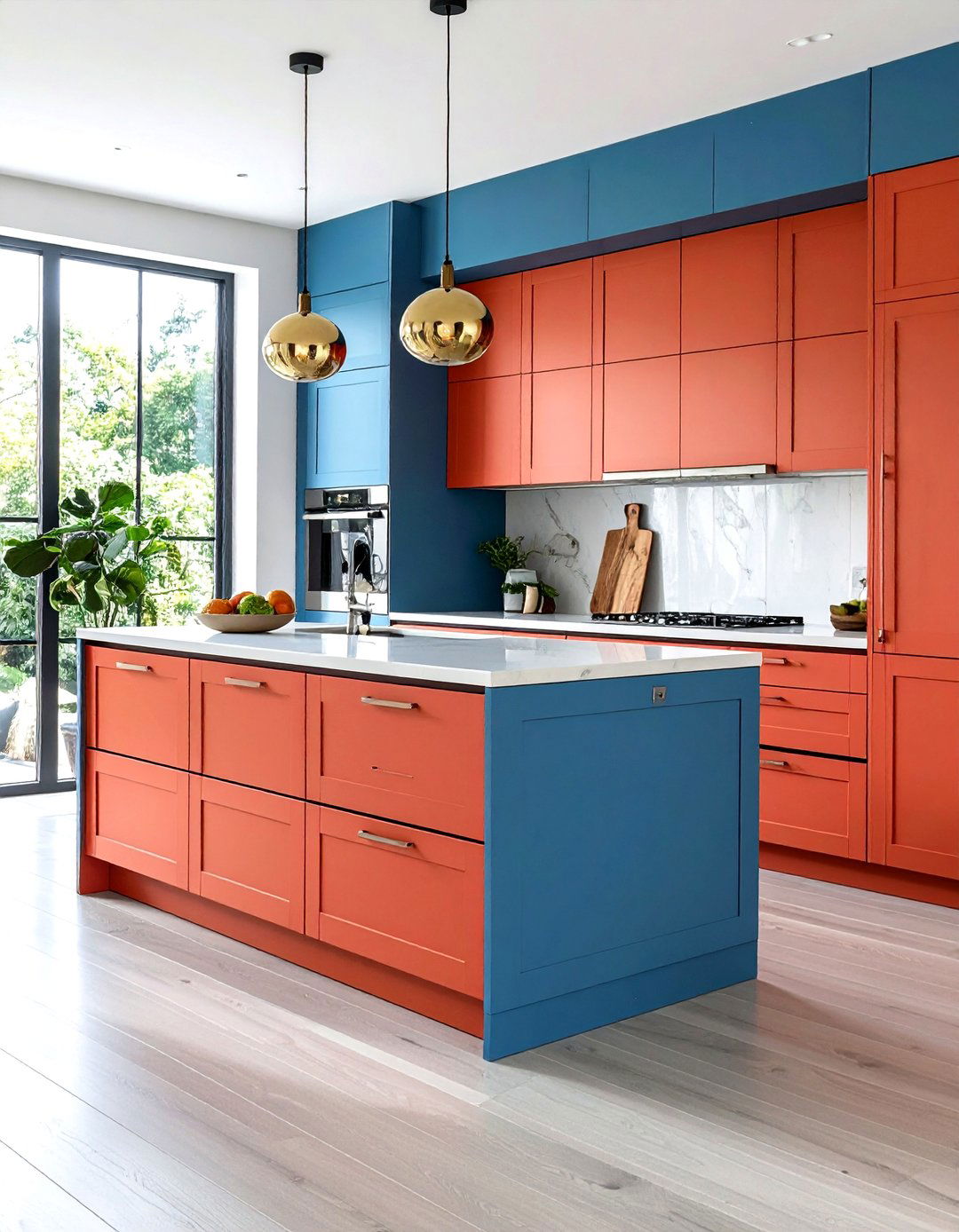

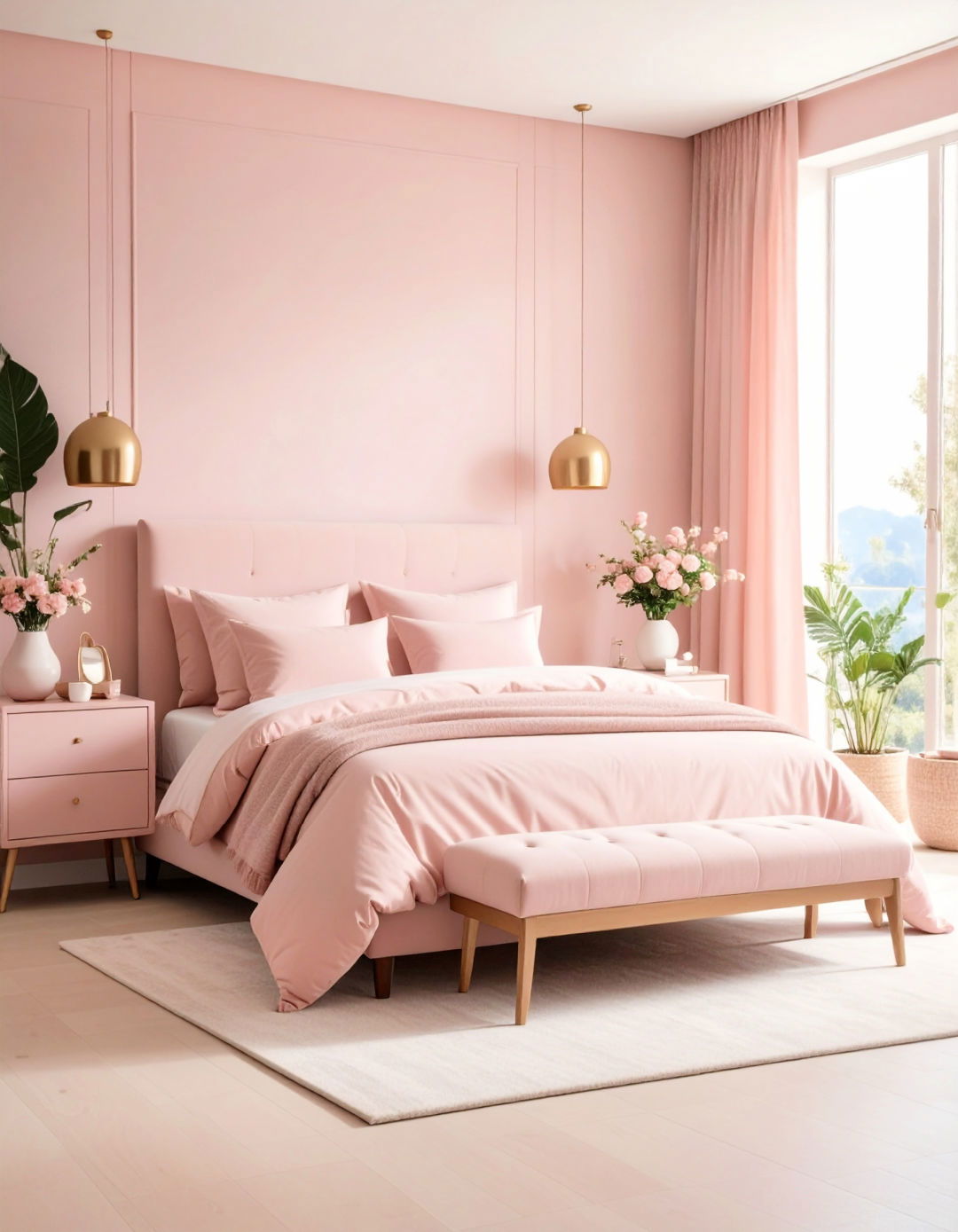
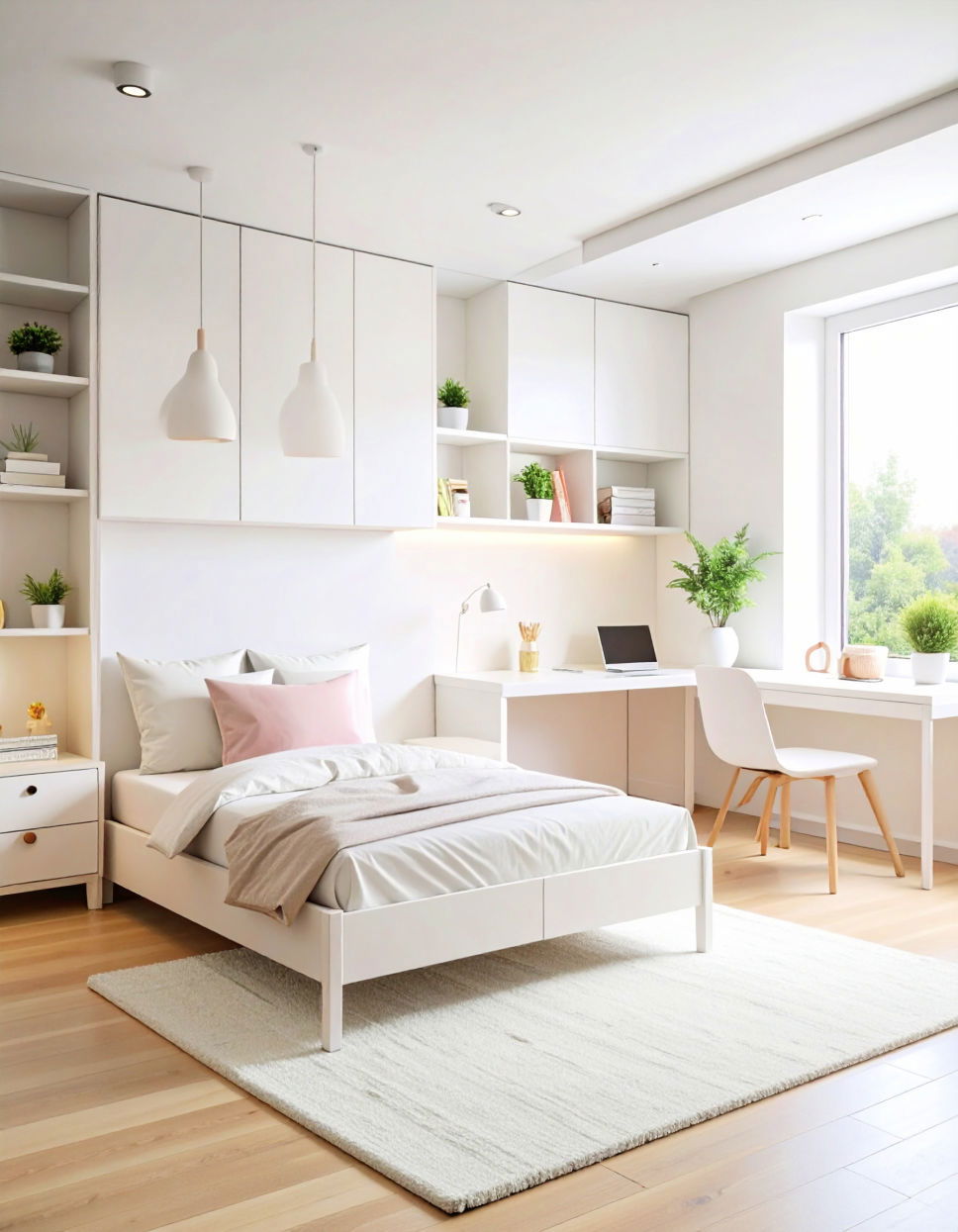
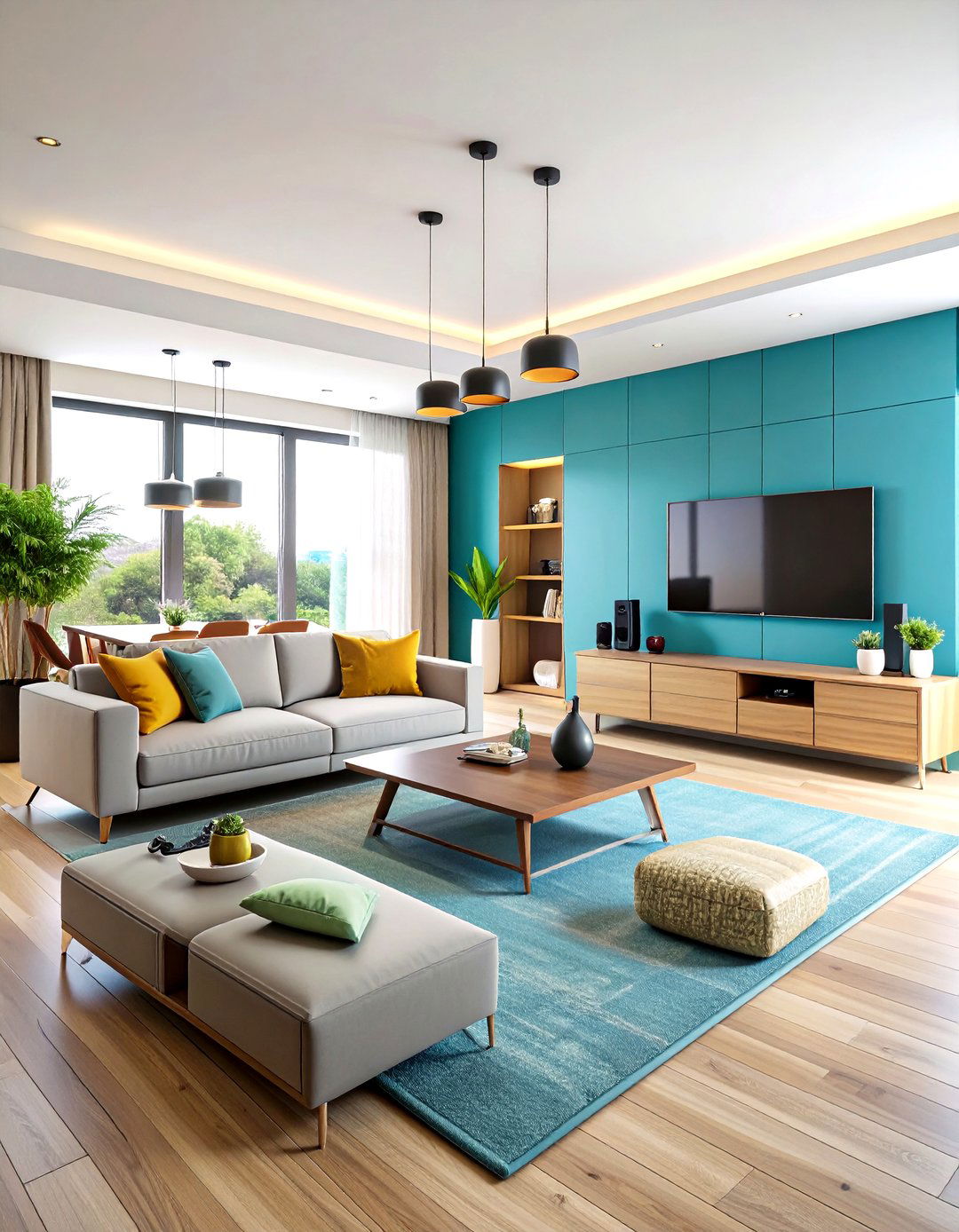

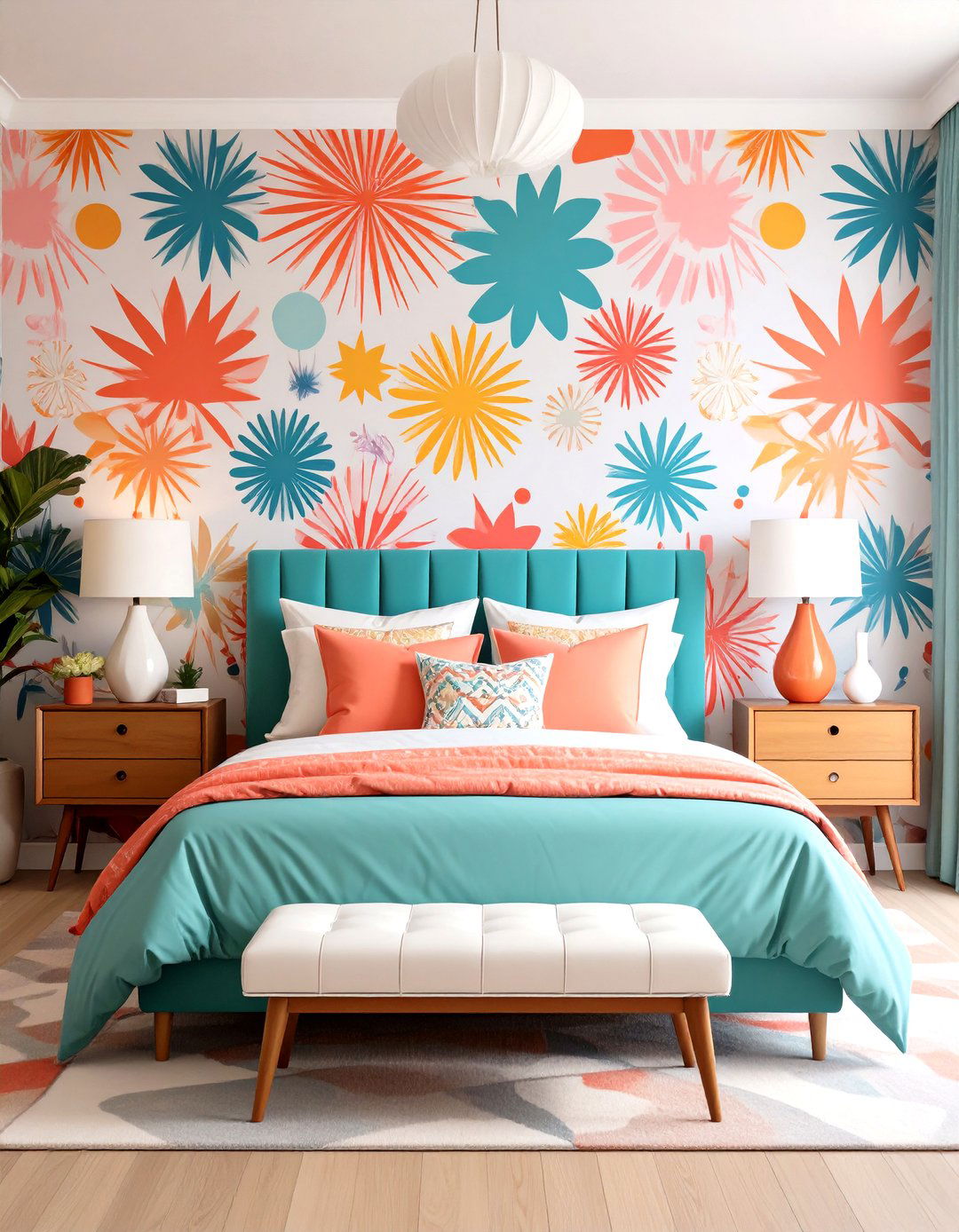
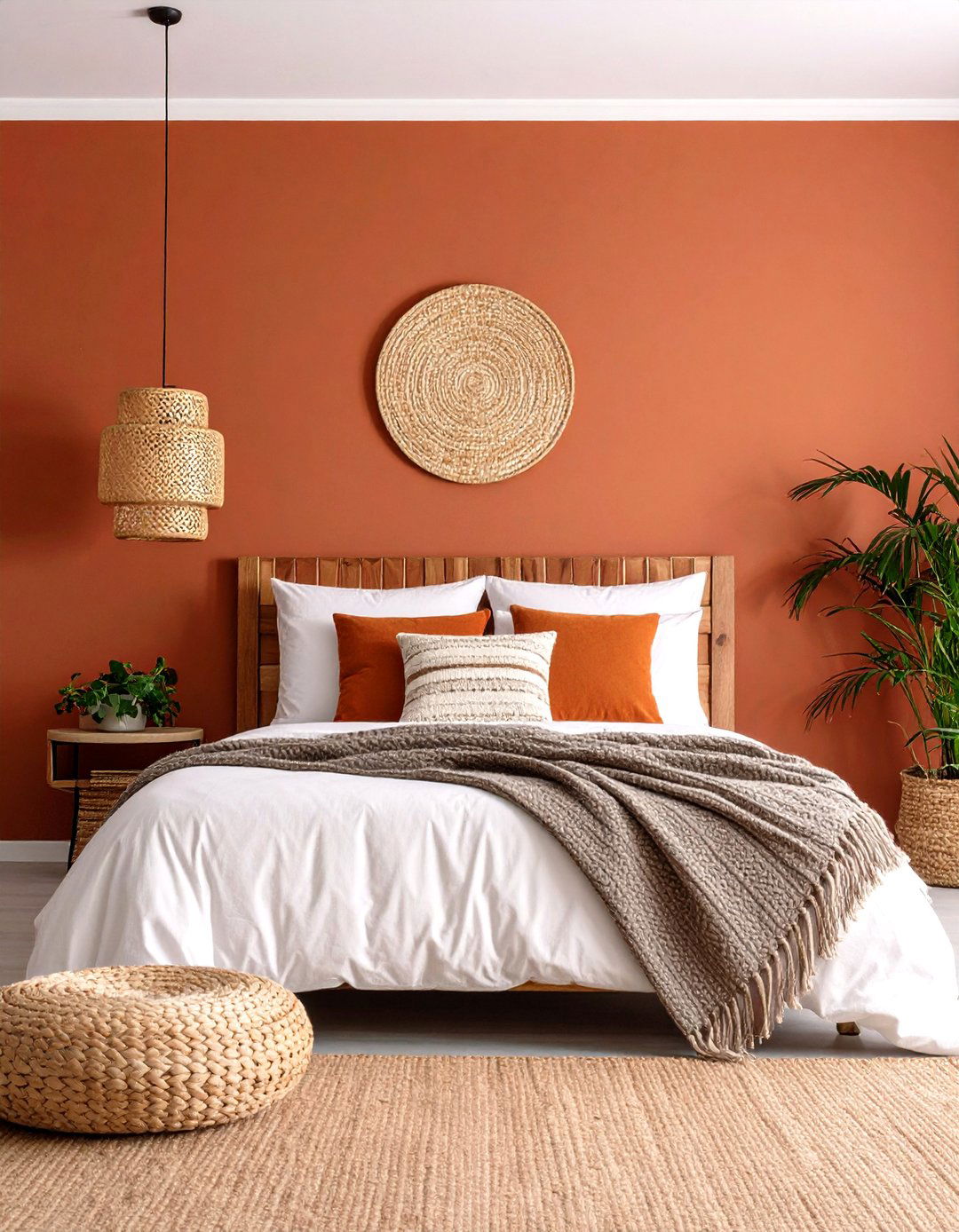
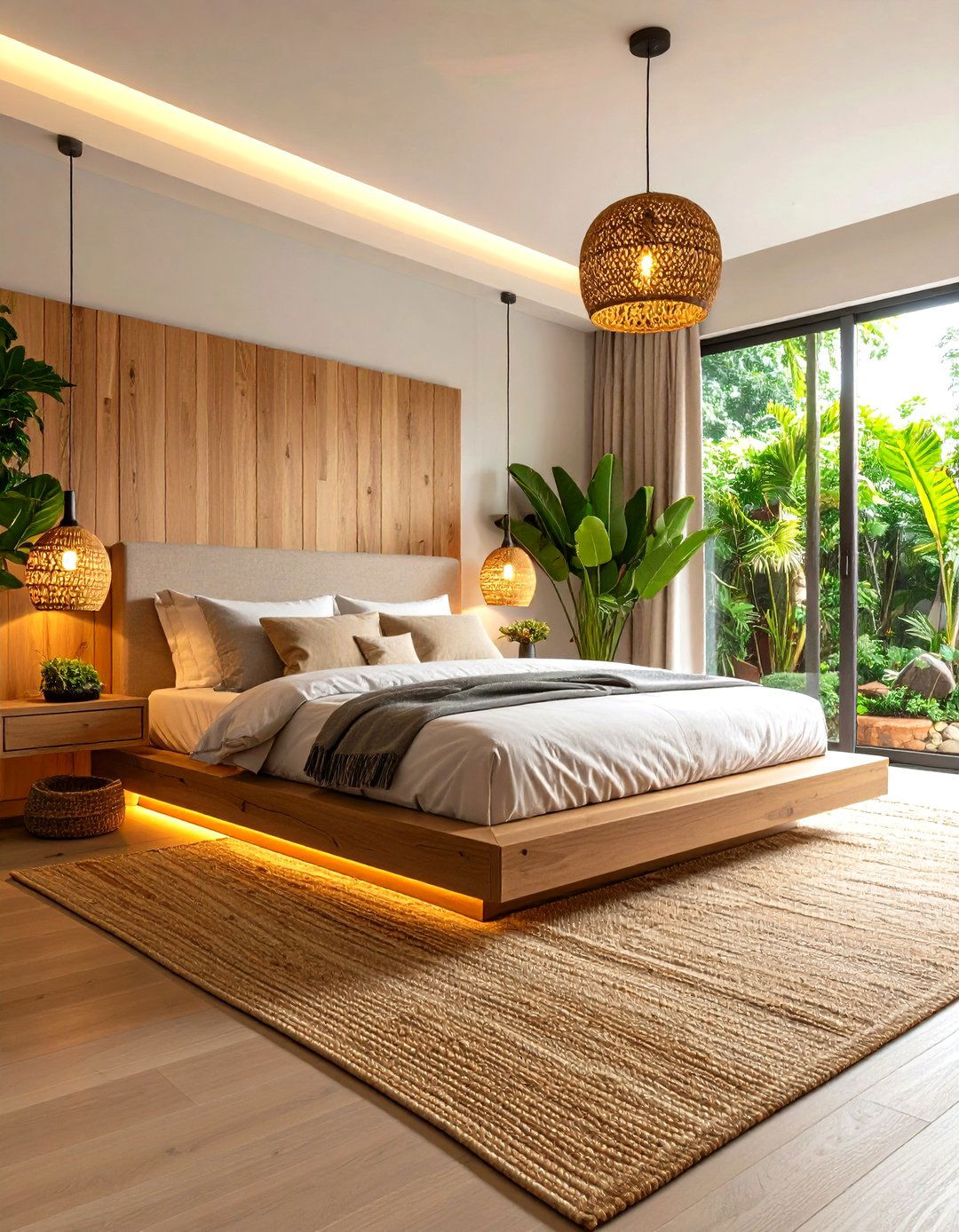
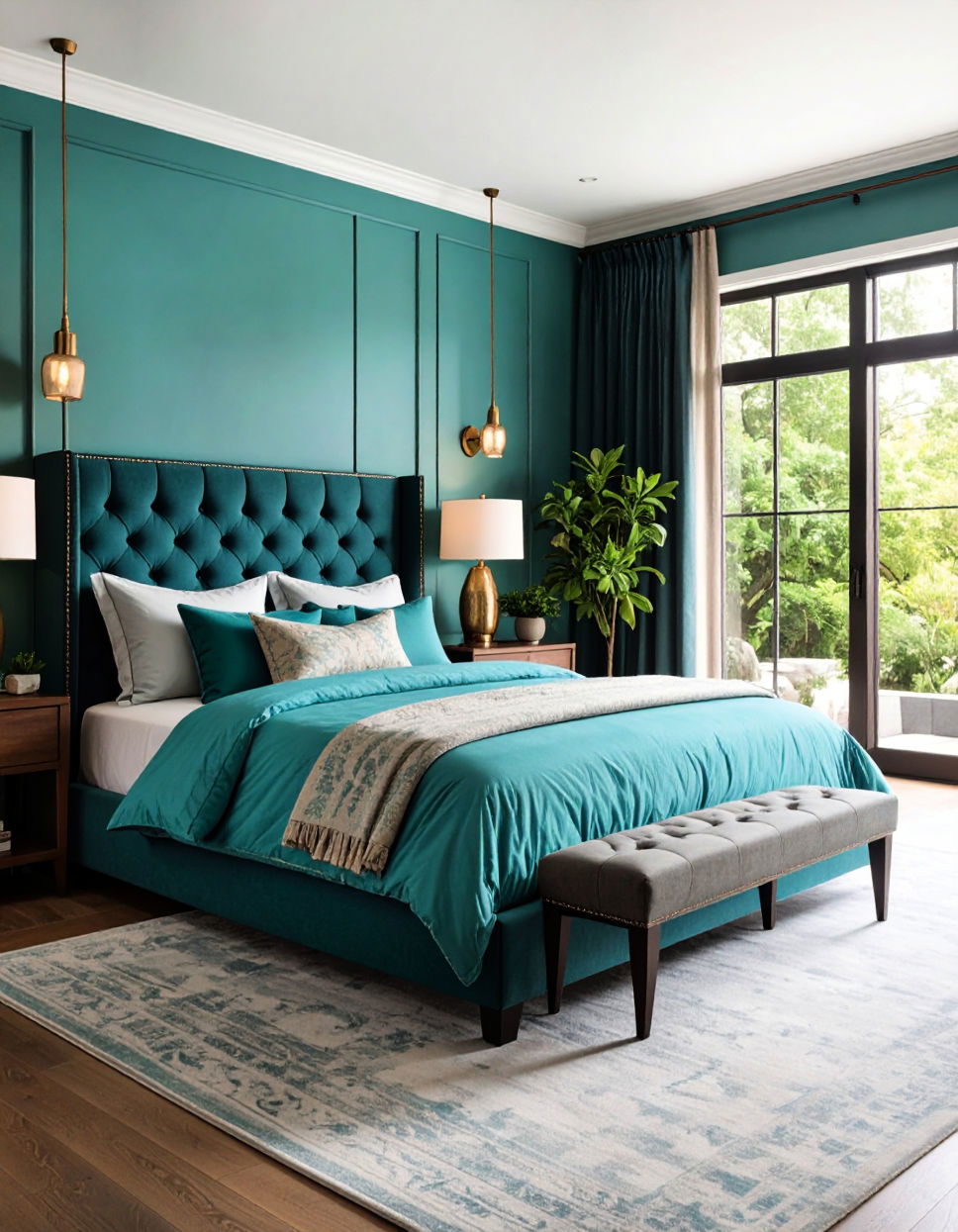
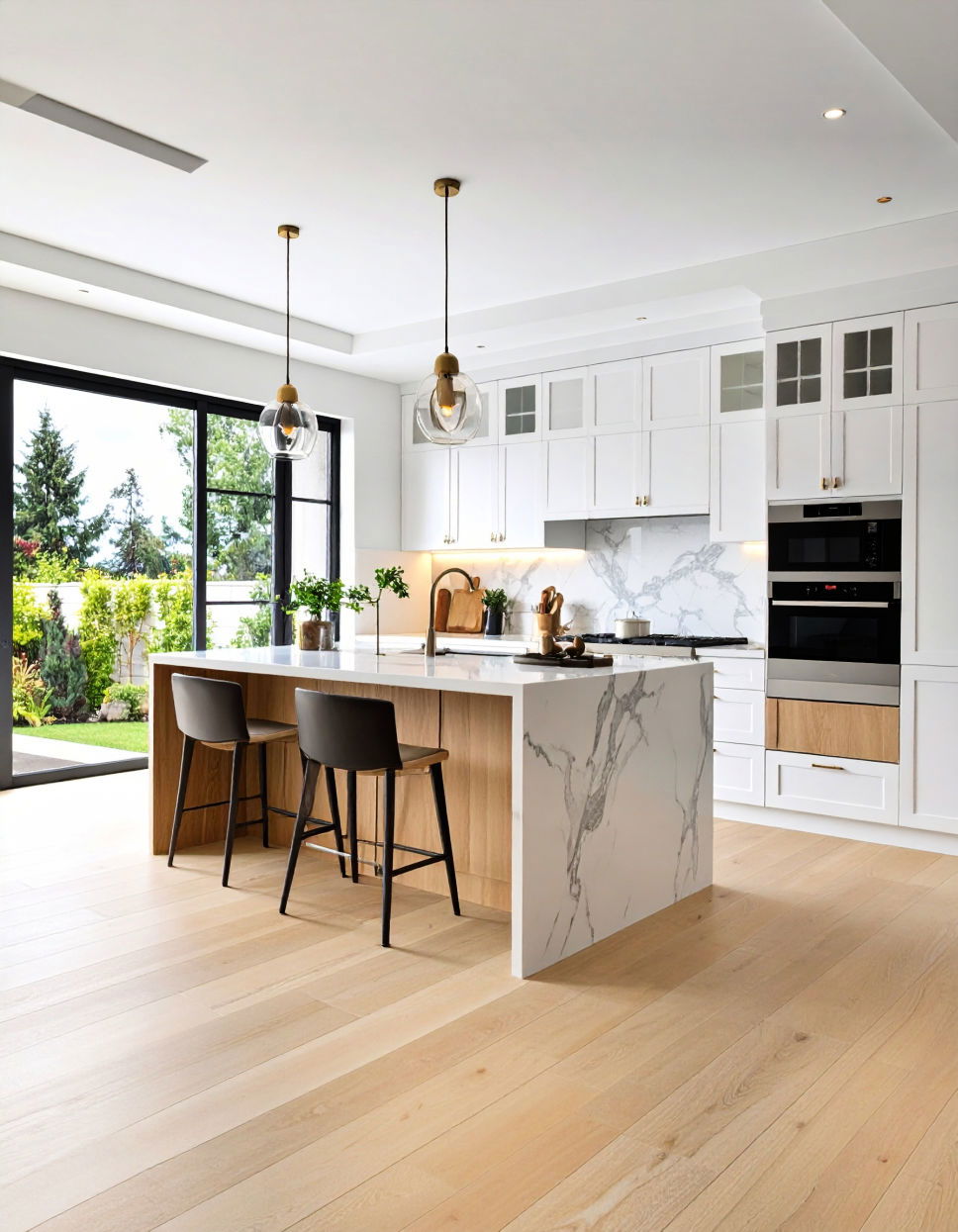
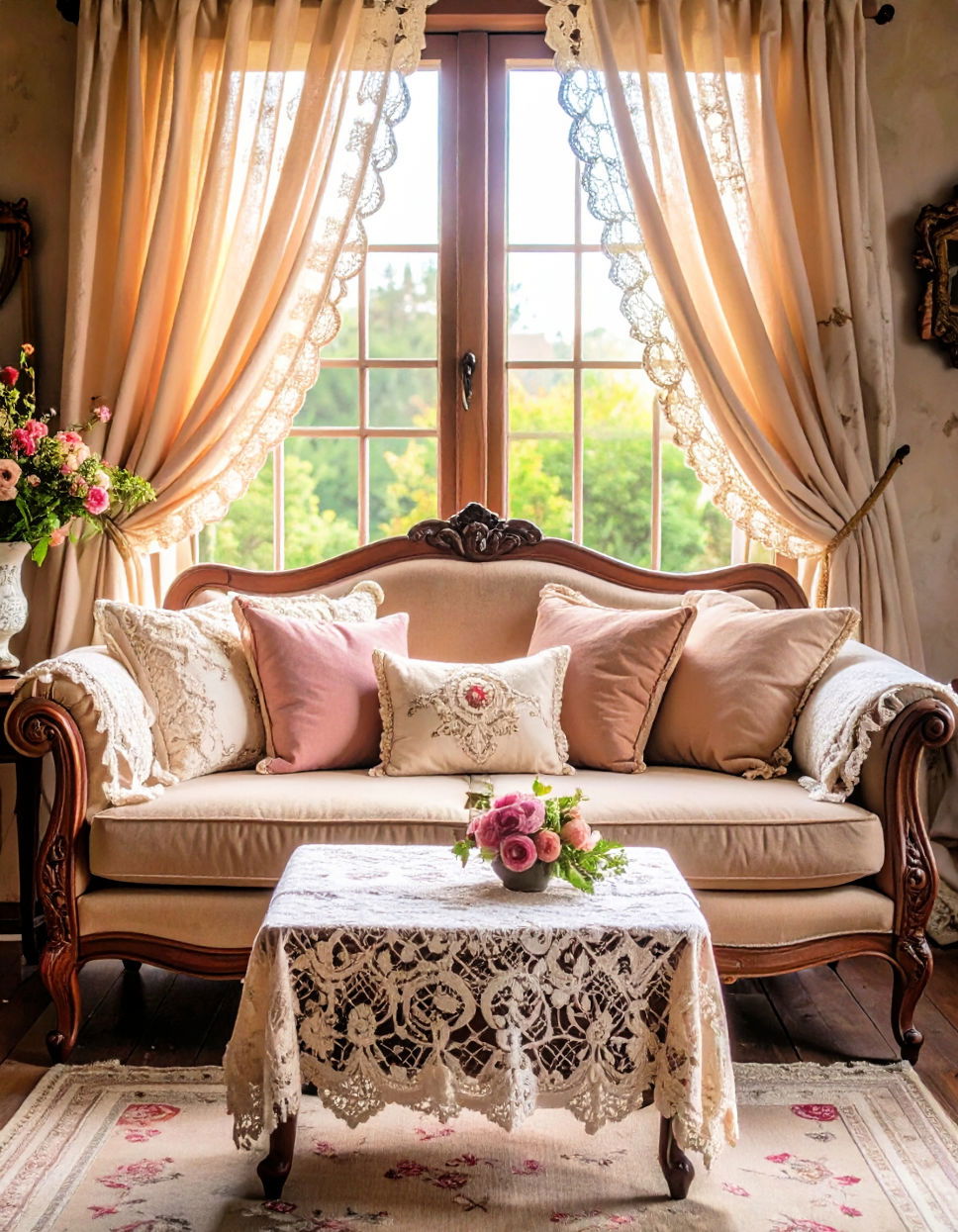
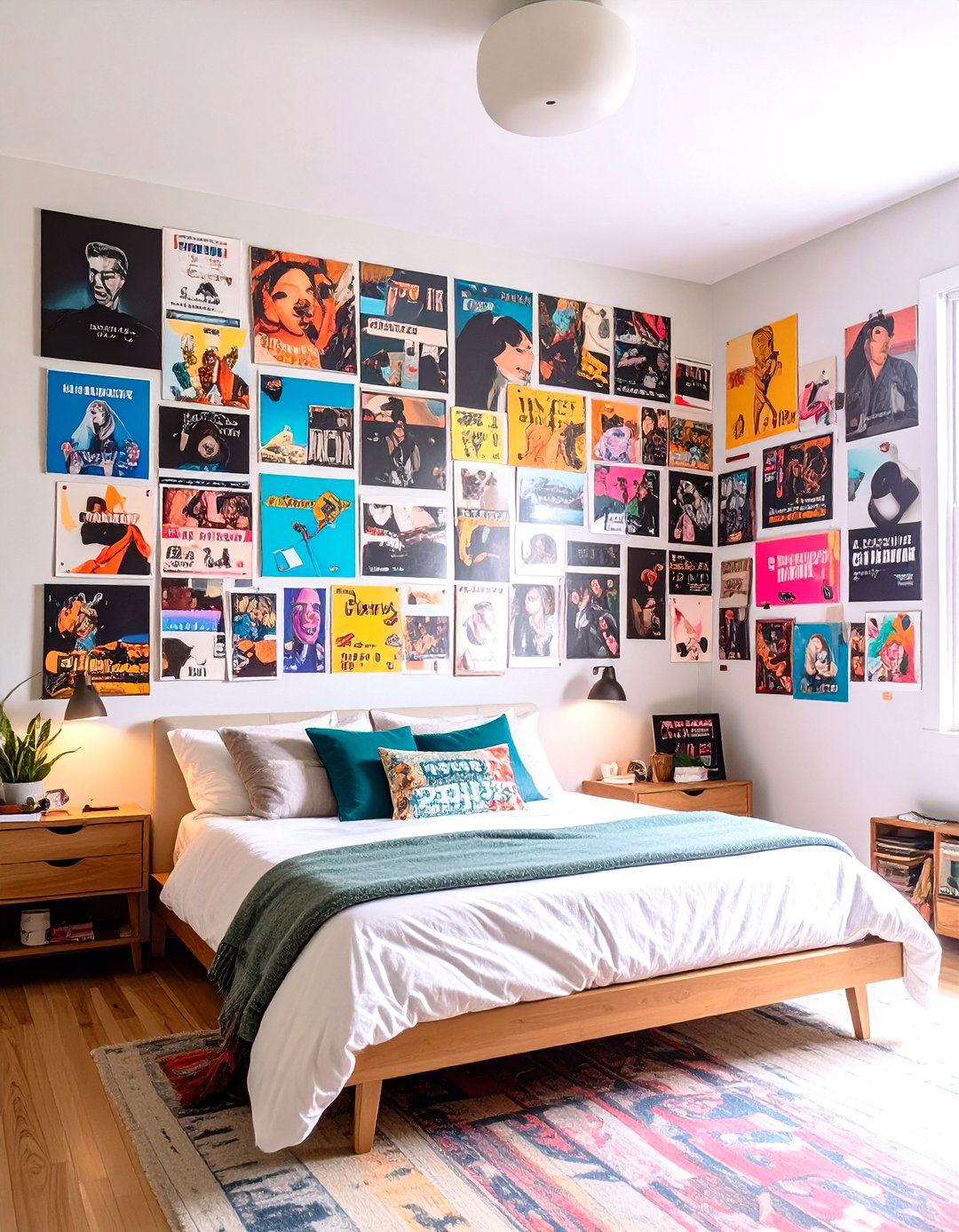
Leave a Reply